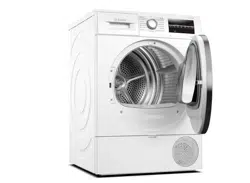Documents: Go to download!
User Manual
- User Manual - (English)
- Product Spec Sheet - (English)

- Familiarising yourself with your appliance
- Display
- Overview of programmes
- Programme settings
- Laundry
- Operating the appliance
- Cleaning and maintenance
- Help with the appliance
Table of contents
Owner's Guide Dryer
Familiarising yourself with your appliance
Appliance overview

- Condensation container
- Control panel
- Drum interior lighting (depending on the model)
- Air inlet
- Maintenance flap on the base unit
- Door
- Fluff filter
Fascia

- Programmes
- Programme selector
Switch the appliance on/off
Set the programme/dryness level - Display
Displays settings and information - Buttons
for programme settings and additional functions/appliance settings
Display
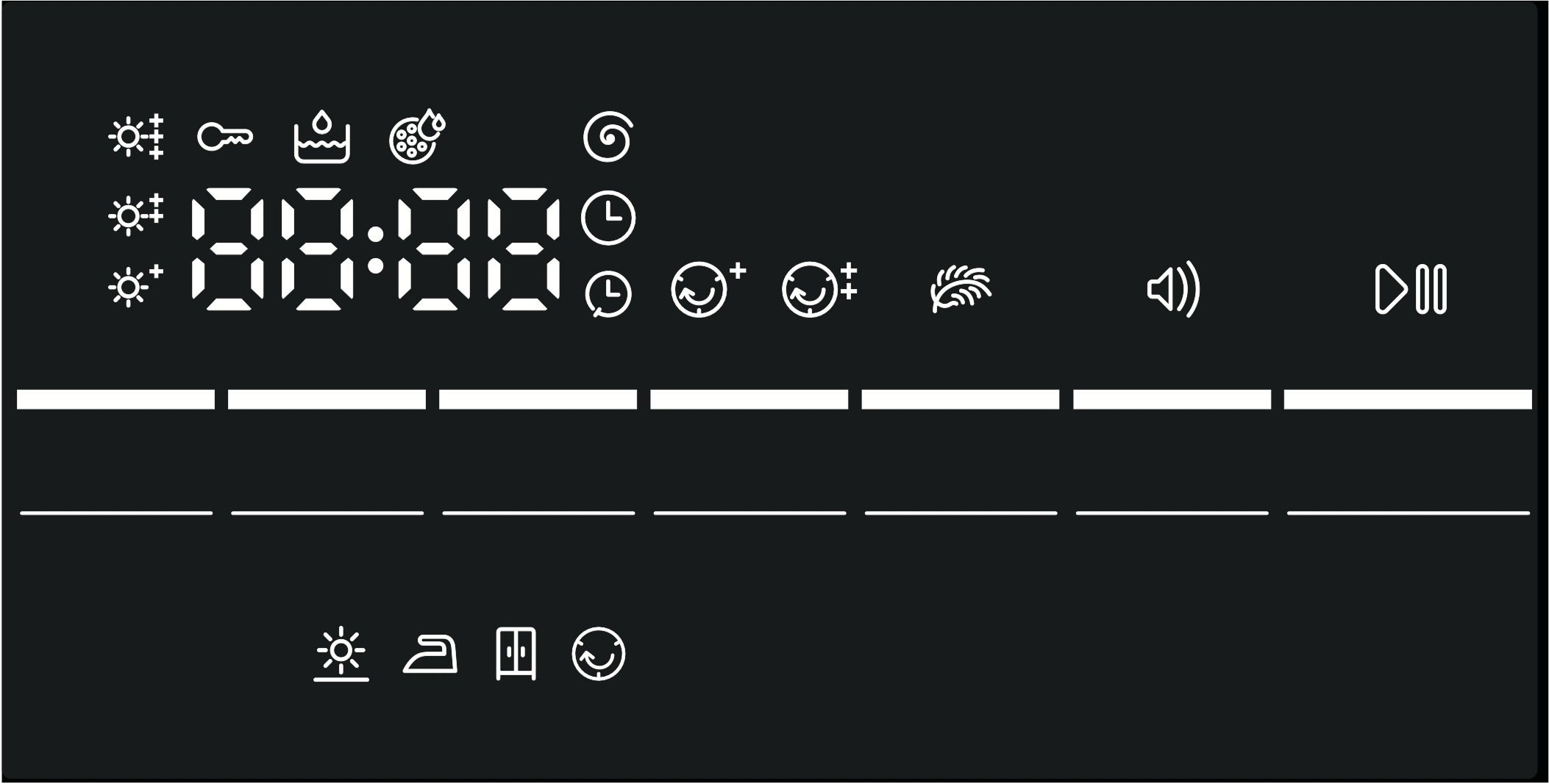
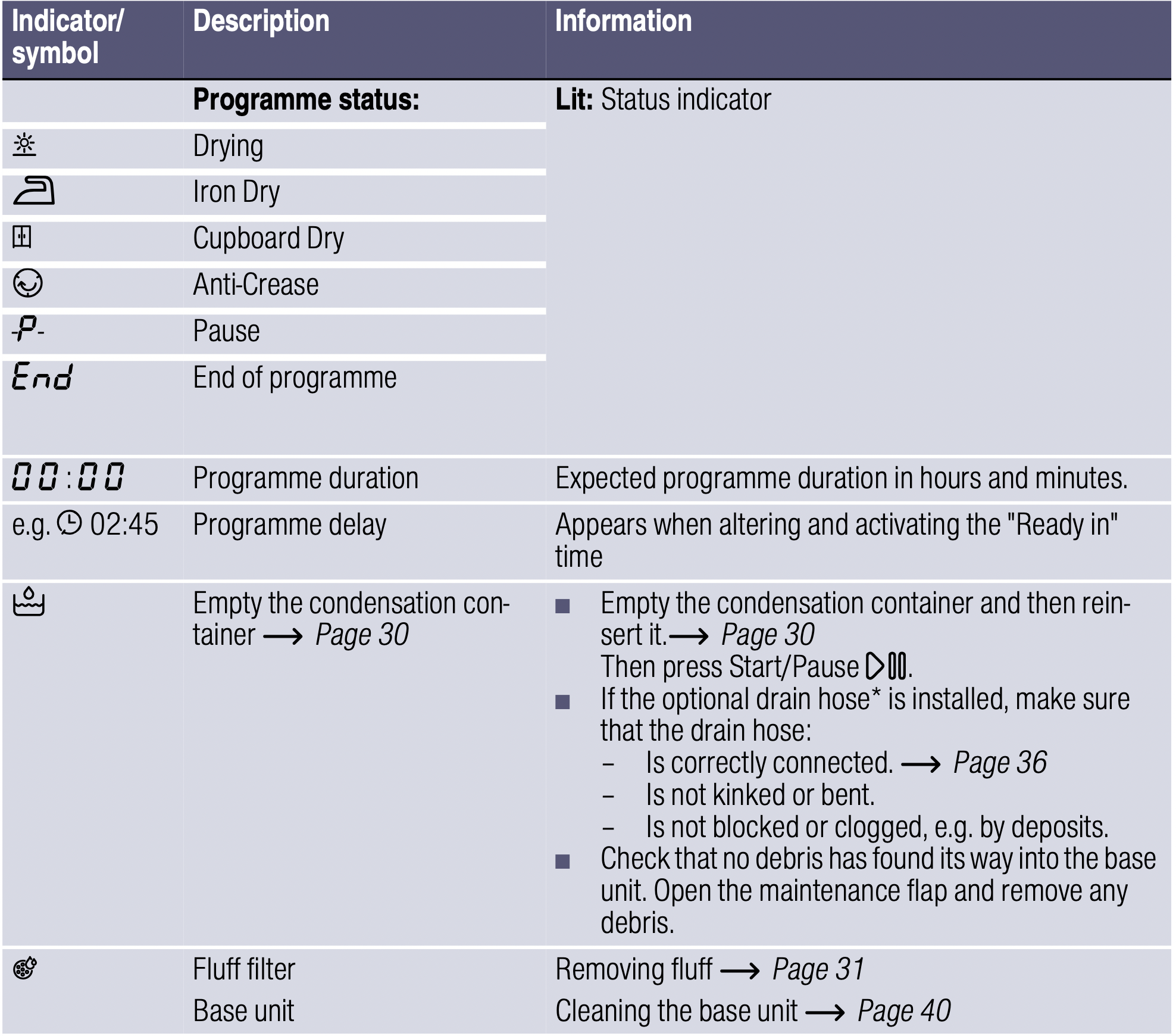
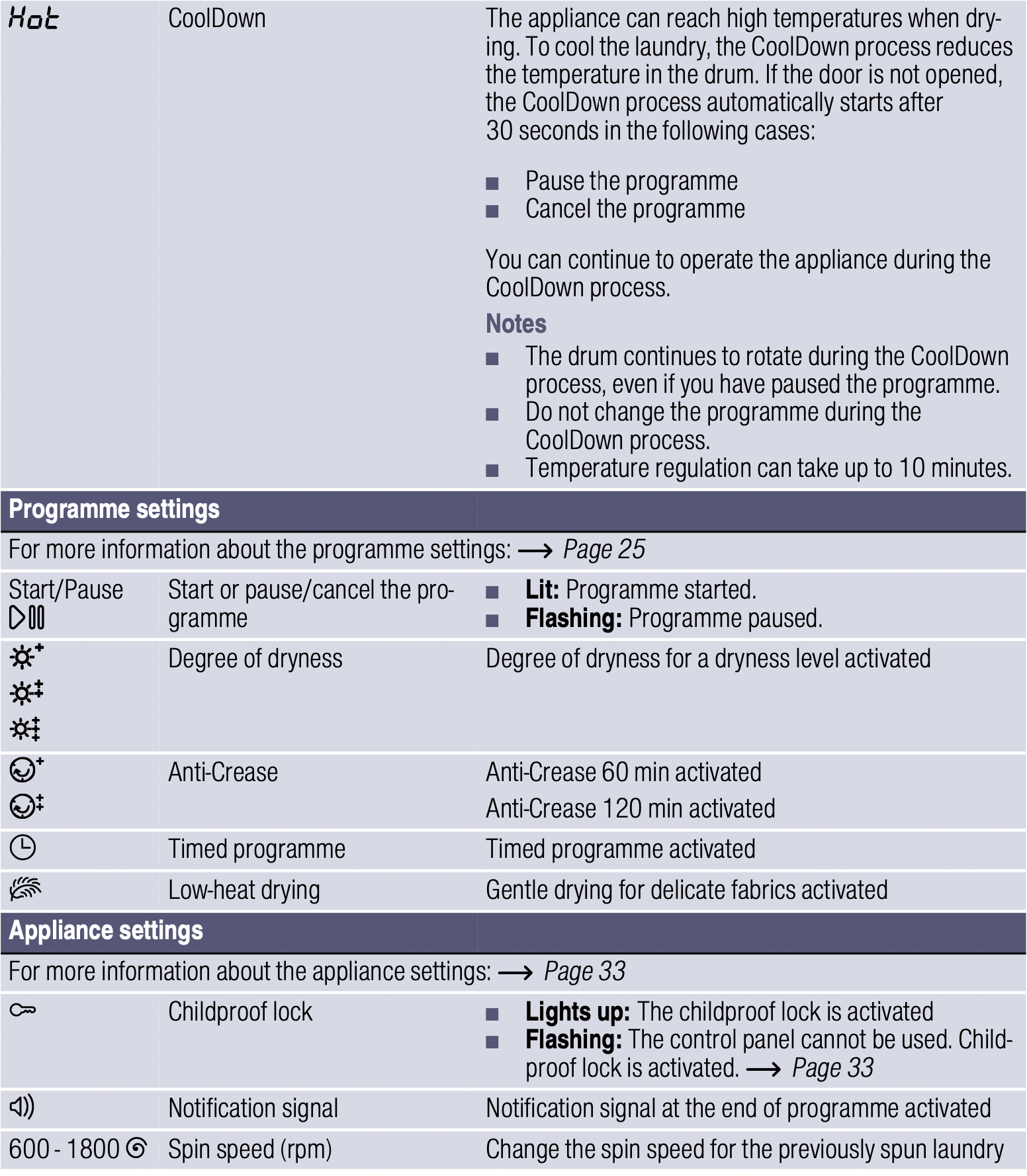
Overview of programmes
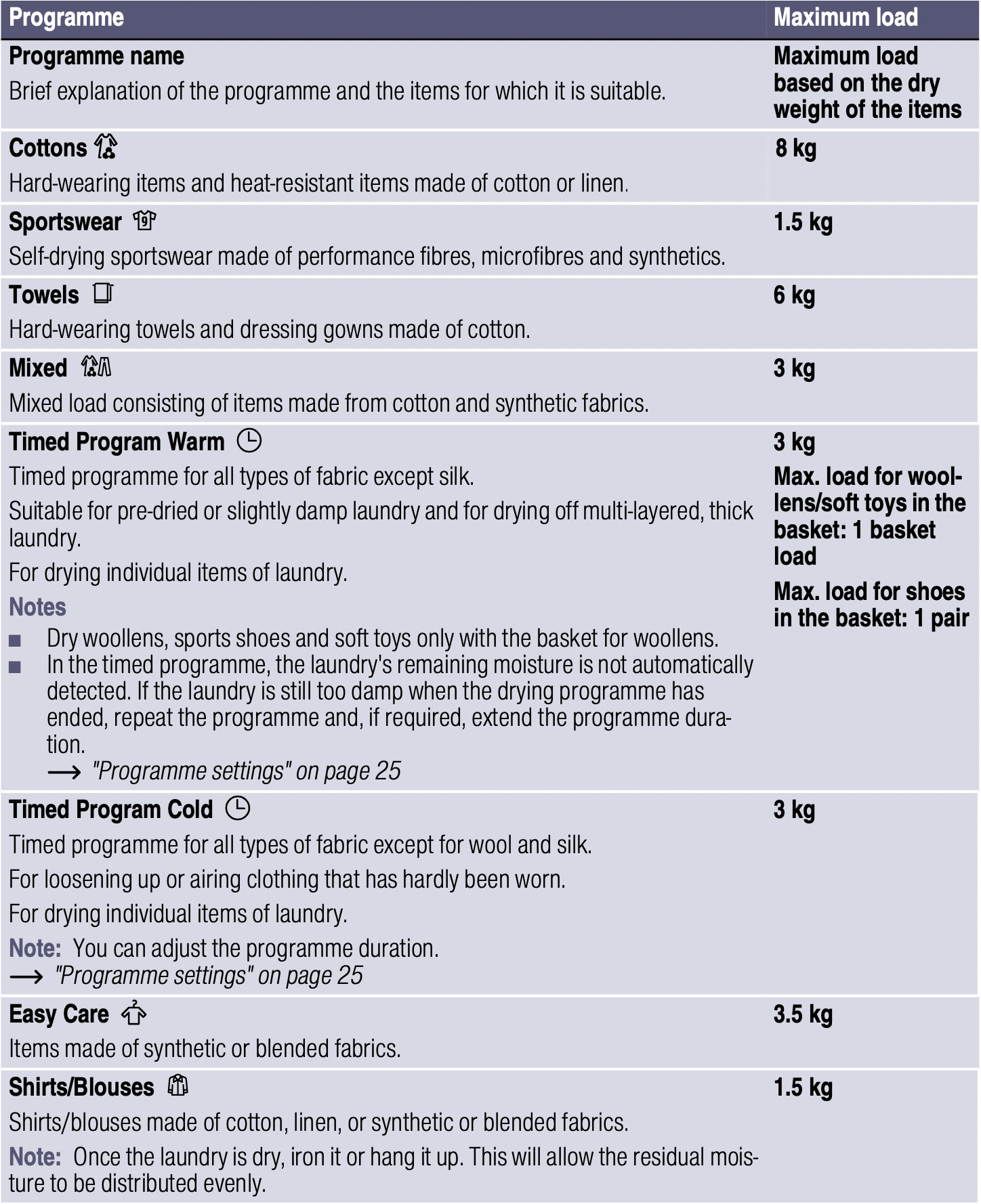

Programme settings

Laundry
Preparing laundry
Warning - Risk of explosions/fire! Certain objects may ignite when drying is in progress, or even cause the appliance to catch fire or explode. Remove any lighters or matches from pockets on items of clothing.
Caution - Risk of damage to the drum and laundry!
Leaving objects in the pockets of your clothing can cause damage to the drum and laundry when the appliance is in operation. Remove all objects (e.g. metal items) from clothing pockets.
Prepare the laundry as follows:
- Tie cloth belts, apron strings, etc. together or use a laundry bag.
- Close zips, hooks, eyelets and buttons. Button up large items of laundry, such as covers.
- Always dry very small items of laundry, e.g. babies' socks, together with large items such as towels.
- Use timed programmes for single items.
- Knitted items, such as T-shirts and jerseys, often shrink slightly the first time they are tumble-dried. Use a gentle programme.
- Do not overdry easy-care laundry.
See other models: WVG28420AU GSN33VI3A HBE5453UC WAX32M41AU DWB91PR50A
This leads to increased creasing of your laundry. - Some detergents and care products, e.g. starch or softeners, contain particles that may accumulate on the moisture sensor. This may impair the sensor's performance and, in turn, the drying result.
Notes
- When washing laundry to be tumble-dried, use the correct amount of detergent and care products as specified in the manufacturer's instructions.
- Clean the moisture sensor regularly, Page 40.
Sorting laundry
Note: Load the laundry item by item into the appliance. For more effective drying, do not stuff an entire bundle of laundry into the dryer at once.
Caution! Risk of material damage to the dryer or laundry
Laundry that is unsuitable for tumble-drying may damage the appliance and the laundry when it is dried. Before you dry it, sort the laundry according to the information given on the care label:
 Suitable for tumble drying
Suitable for tumble drying
 Dry at normal temperature
Dry at normal temperature
 Dry at low temperature
Dry at low temperature
 Do not tumble-dry
Do not tumble-dry
When sorting the laundry to be dried, take the following points into account:
- To achieve an even drying result, only dry laundry of the same type of fabric and texture together.
If you dry thin, thick and multilayered fabrics together, they will dry to differing degrees. - Use the fabric descriptions given for the individual drying programmes to help you choose the most appropriate programme. "Overview of programmes" on page 23
Note: You can select a timed programme to add extra drying time for laundry that is still damp.
Caution! Risk of material damage to the appliance and laundry
Do not tumble-dry the following items or fabrics in the appliance:
- Laundry contaminated with solvents, wax or grease.
- Unwashed items.
- Items made from non-breathable fabrics (e.g. rubber-coated).
- Items made from delicate fabrics, such as silk and curtains made of synthetic material.
Operating the appliance
Loading laundry and switching on the appliance
Note: The appliance must be correctly installed and connected.
- Prepare and sort the laundry.
- Turn the programme selector to switch on the appliance.
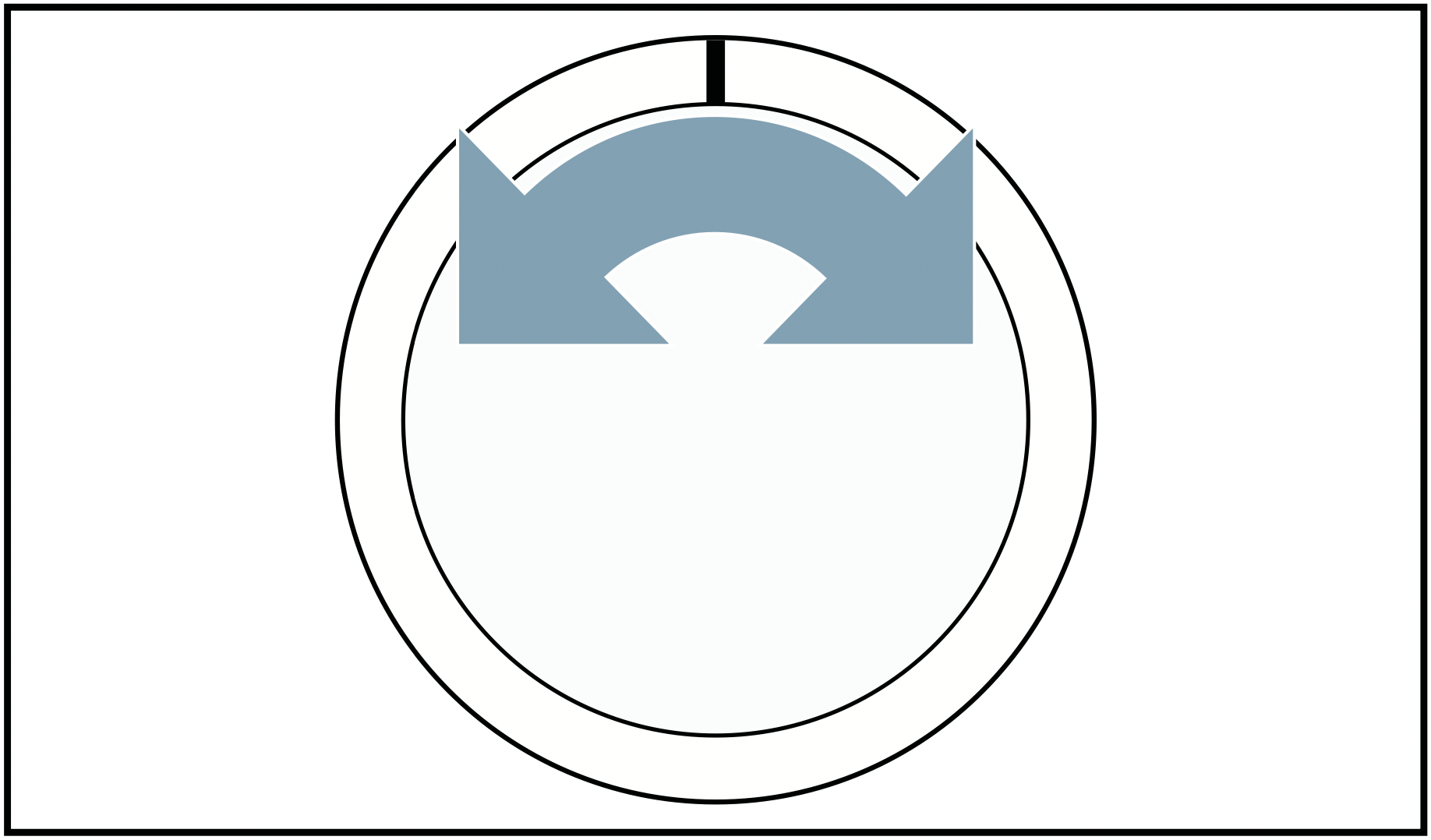
- Open the door.
Check that the drum has been completely emptied. Empty it if necessary.
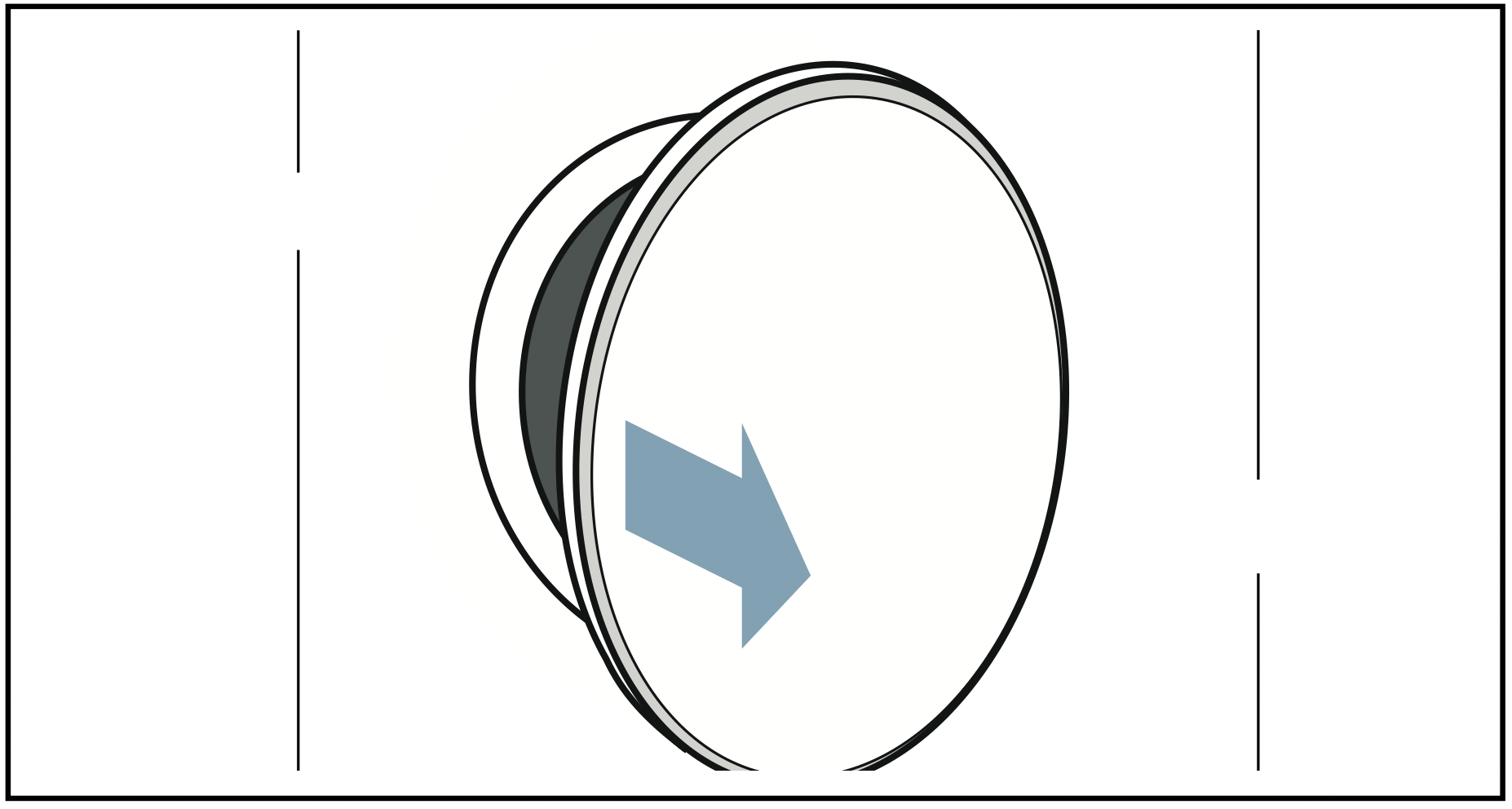
- Load the laundry unfolded into the drum.
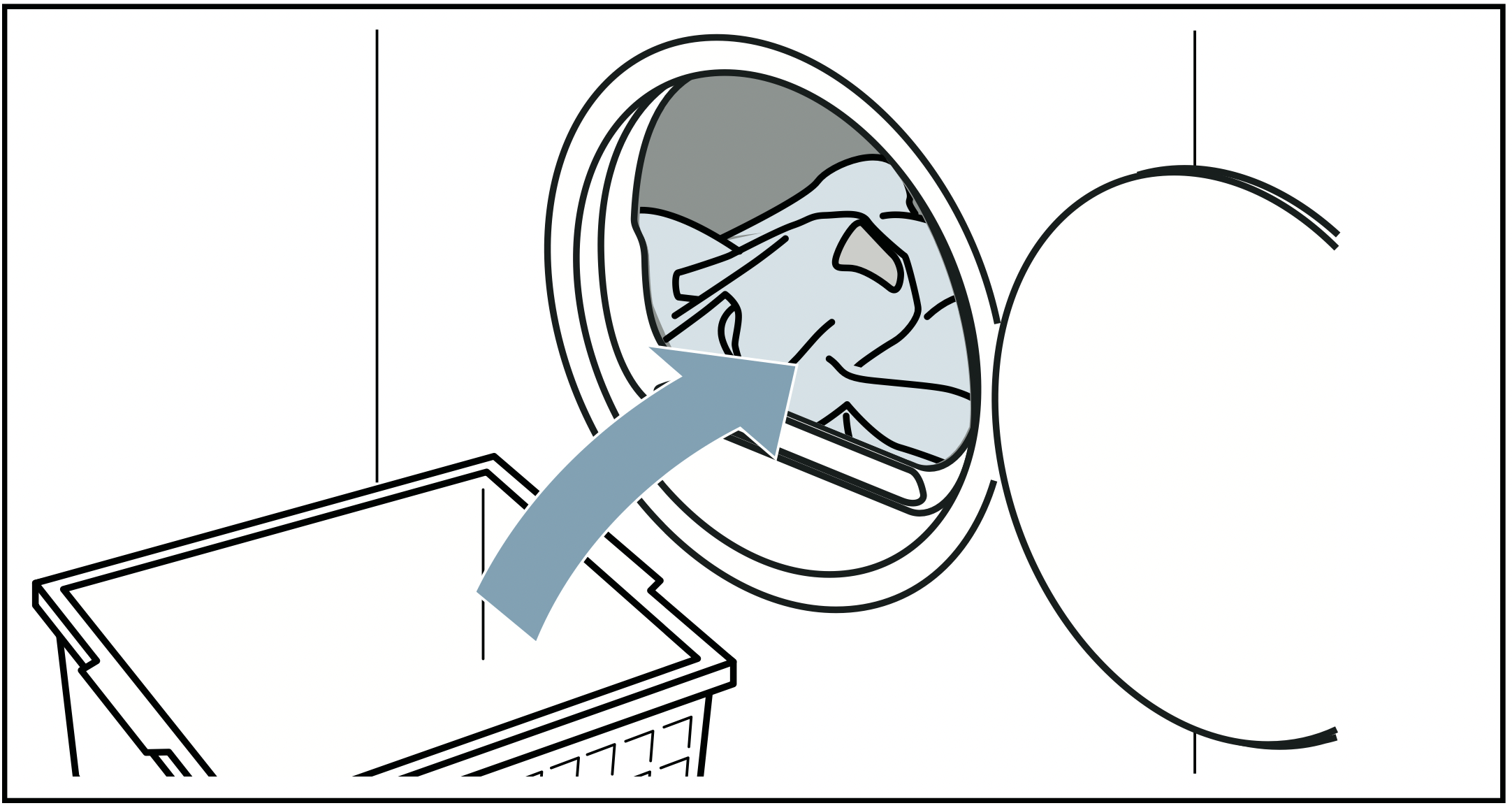
- Close the appliance door.
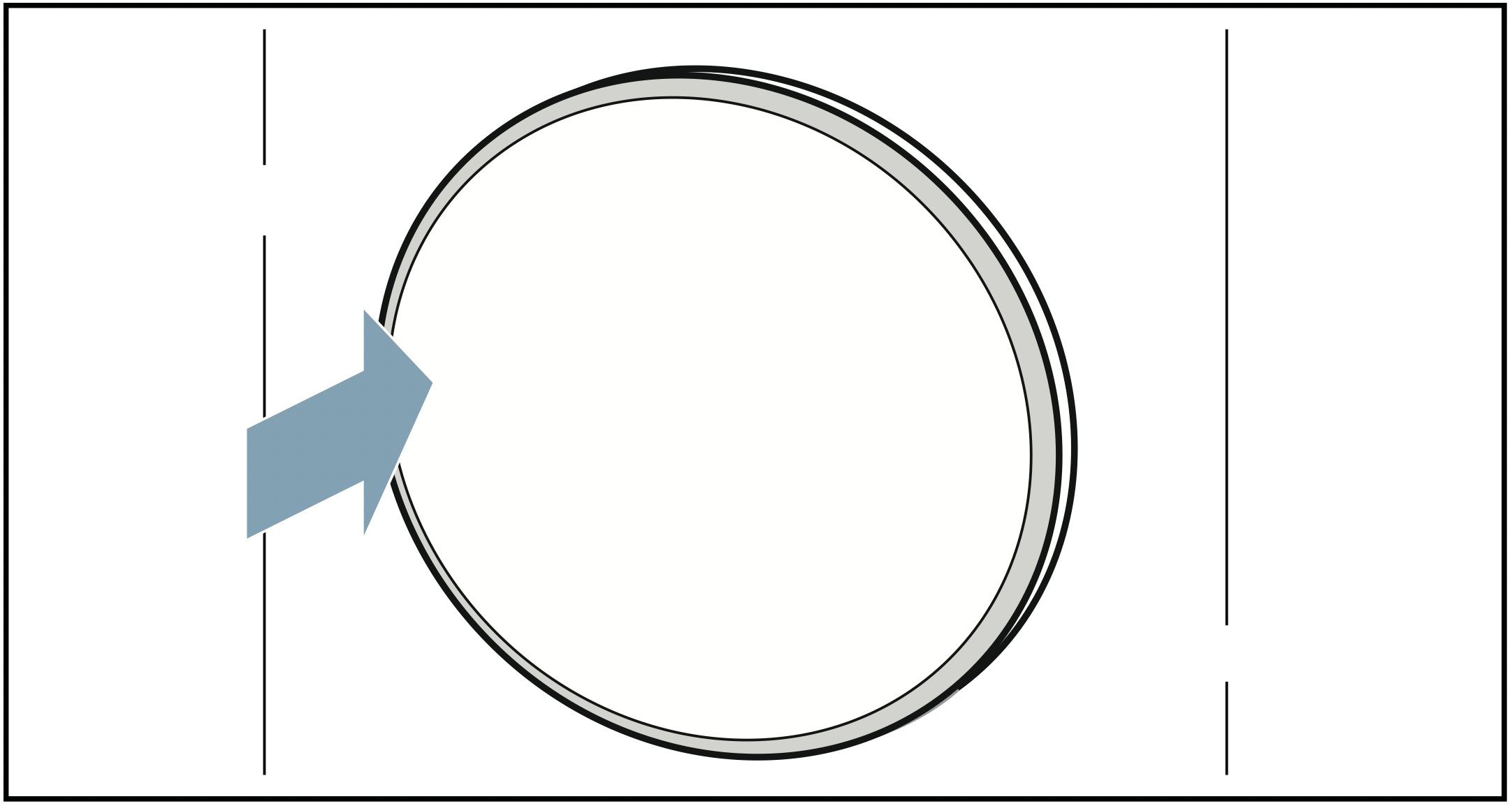
Caution! Risk of material damage to the appliance or laundry.
Make sure that laundry is not trapped in the door.
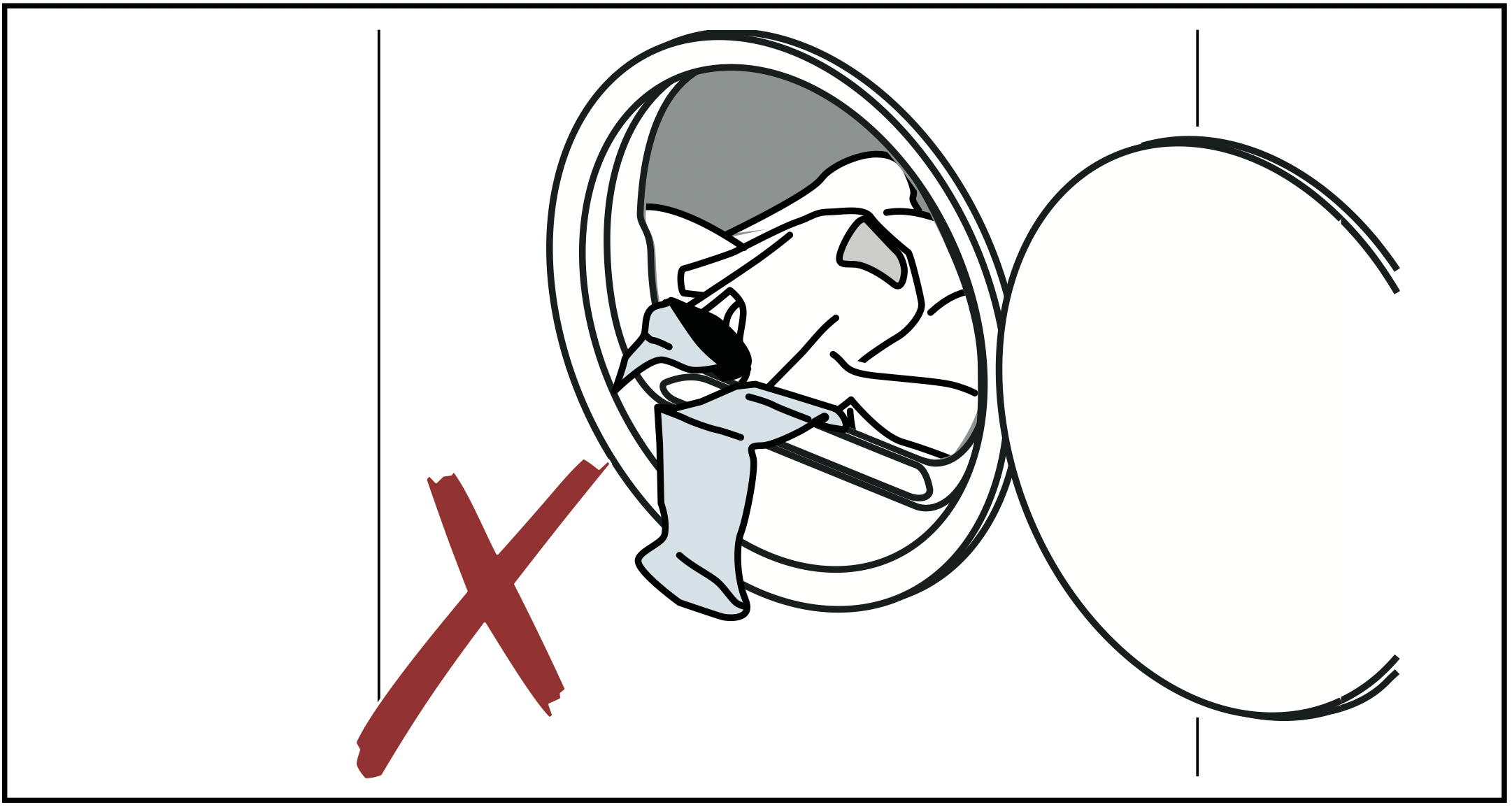
Note: The appliance's drum is lit up after the door is opened and closed and once the programme has started. The drum's interior light goes out on its own (depending on model).
Setting a programme
Note: If you have activated the childproof lock, you must deactivate it before you can set a programme.
- Set the programme you require.
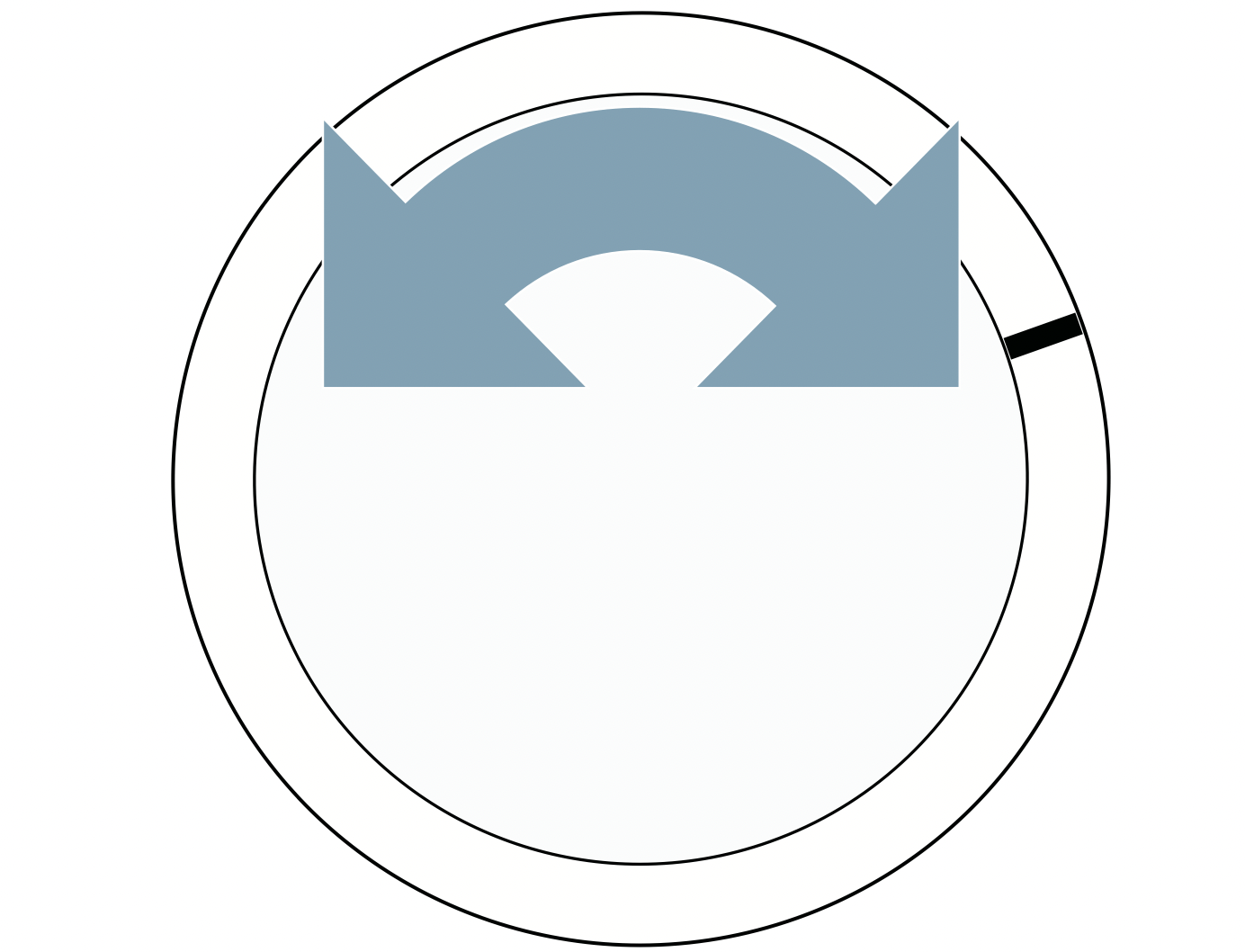
- Adjust the programme settings, if required. "Programme settings"
Starting the programme
Press Start/Pause  .
.
Note: If you want to prevent the programme from being adjusted inadvertently, activate the childproof lock. Page 33
Programme progress
The programme status will be indicated on the display.
Note: When a programme is selected, the expected drying time for the maximum permitted load is displayed. The moisture sensor measures the residual moisture in the laundry as it is being dried. The programme duration and the remaining time indicated on the display are automatically adjusted as the programme progresses, depending on how damp the laundry is (exception: Timed programmes).
Changing the programme or adding more laundry
You can remove or add laundry and change or adjust the programme at any time during drying.
- Open the door or press Start/ Pause
 to pause the programme.
to pause the programme.
Note: The drum will continue to rotate when the CoolDown process is in progress, even if you have paused the programme. You can stop the CoolDown process at any time by opening the door. - Add or remove laundry.
- If required, select a different programme or a different programme setting. "Overview of programmes" on page 23 ,"Programme settings" on page 25
Note: Do not change the programme during the CoolDown process. - Close the appliance door.
- Press Start/Pause
 .
.
Note: The programme duration is updated on the display, depending on the load and on the residual moisture in the laundry. The values displayed may change when the programme or load is changed.
Cancelling the programme
The programme can be cancelled at any time by opening the door or pressing Start/Pause  .
.
Caution! Risk of fire. Laundry may catch fire.
If you cancel the programme, remove all items of laundry from the dryer and spread them out to allow the heat to dissipate.
End of programme
The following message appears in the display: 
Removing laundry and switching off the appliance
- Remove the laundry.

- Turn the programme selector to switch off the appliance.
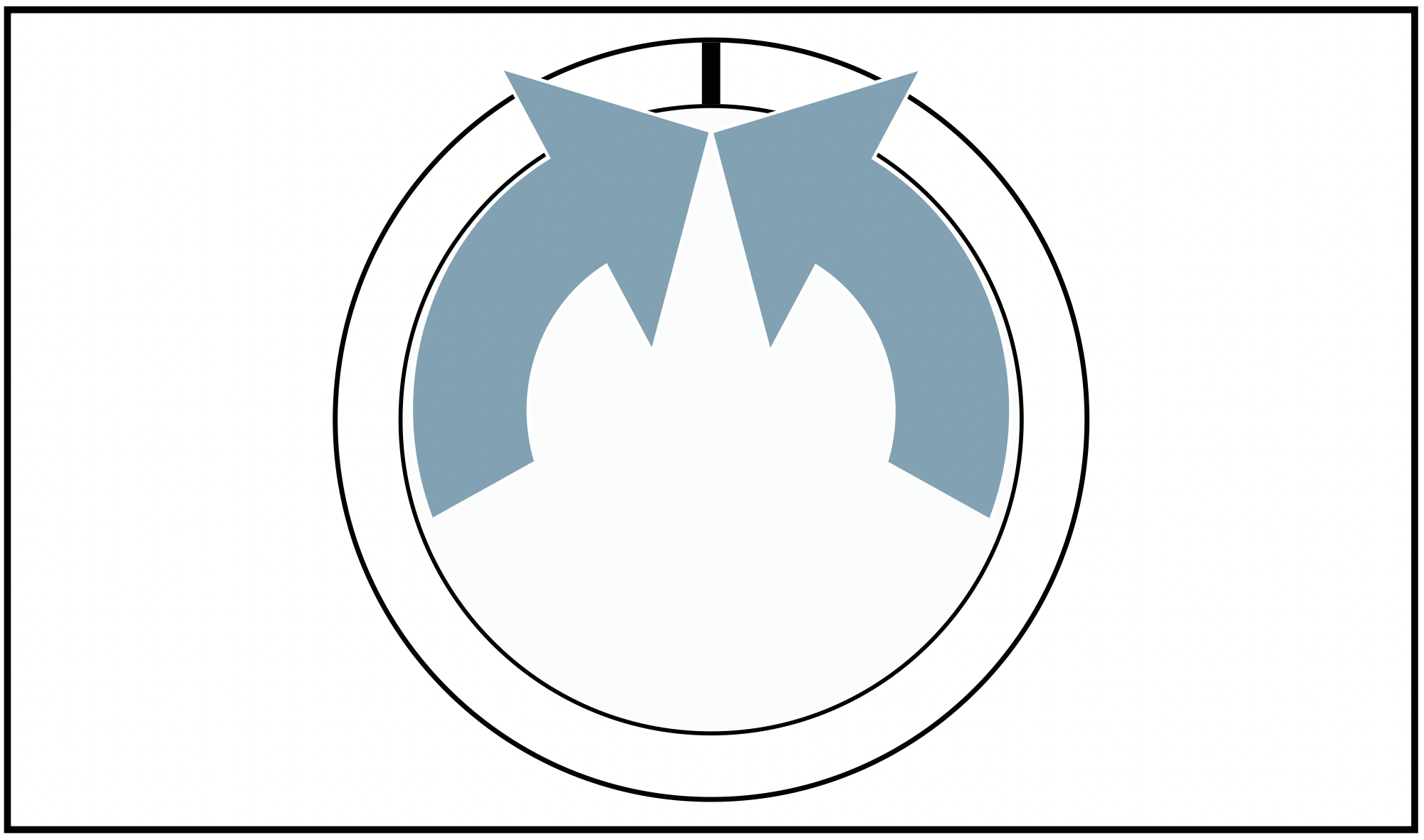
Emptying the condensation container
By default, the condensation from the appliance runs into the condensation container.
Alternatively, you have the option of discharging the condensation water * supplied depending on the model. If you choose to discharge the condensation water into the waste-water system, you will not need to empty the condensation container during the drying programme or after each time you use the dryer.
- Pull out the condensation container horizontally.
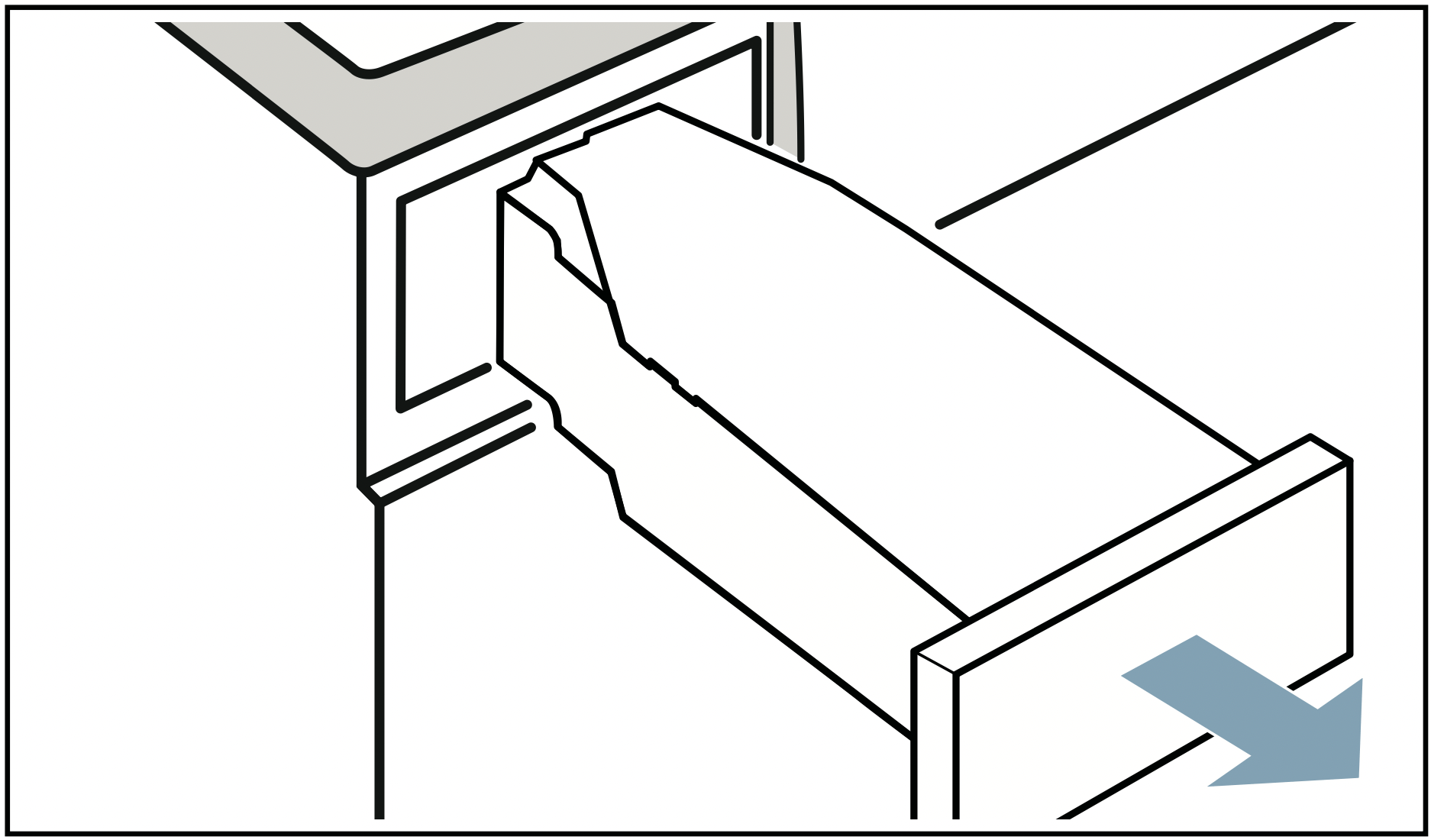
- Pour out the condensation water.
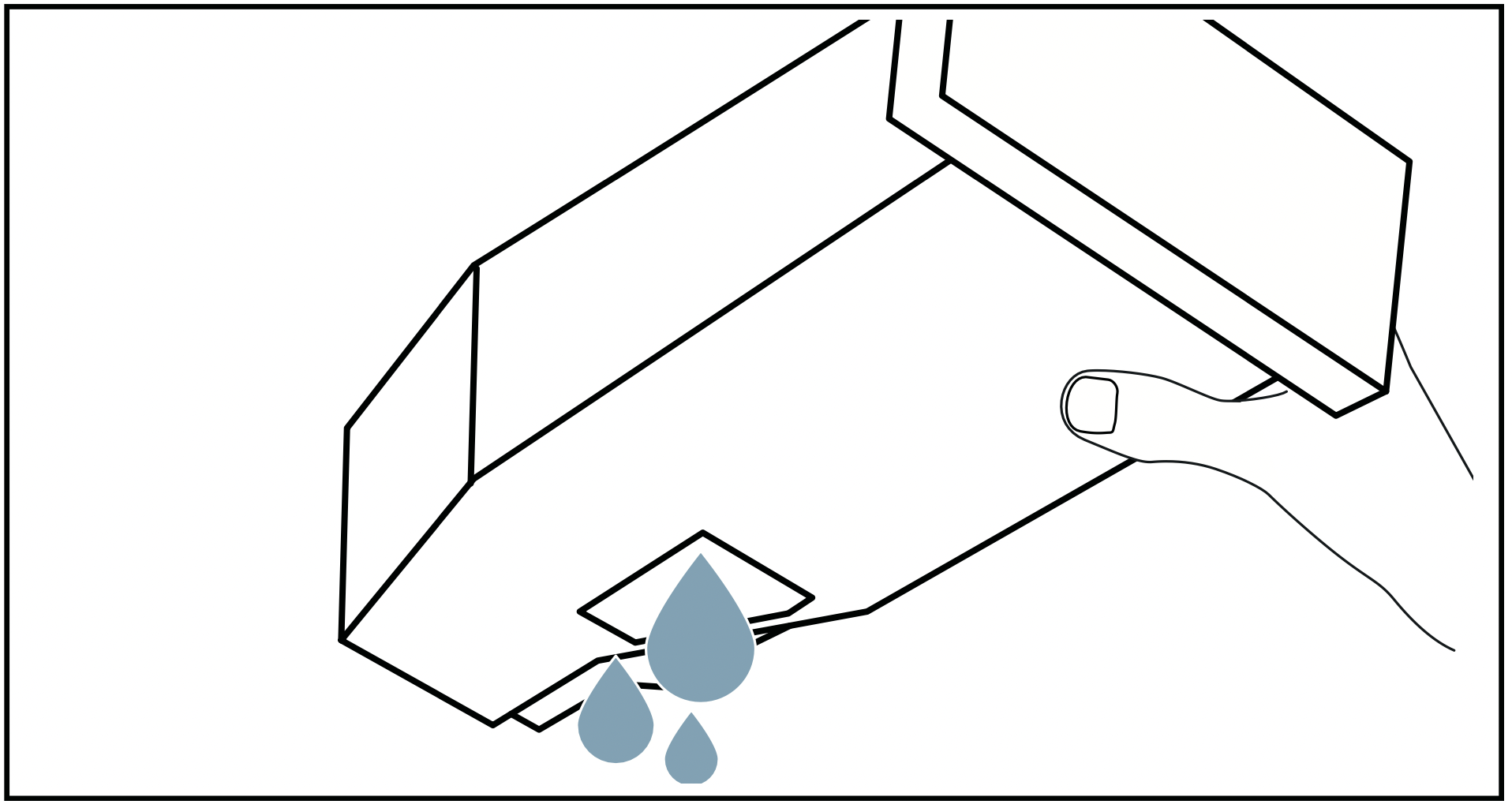
Caution! Risk of harm to health and material damage
Condensation water is not suitable for drinking and may be contaminated with fluff. Contaminated condensation water may be harmful to your health and cause material damage. Do not drink the condensation water or reuse it. - Push the condensation container back into the appliance until you feel it lock into place.
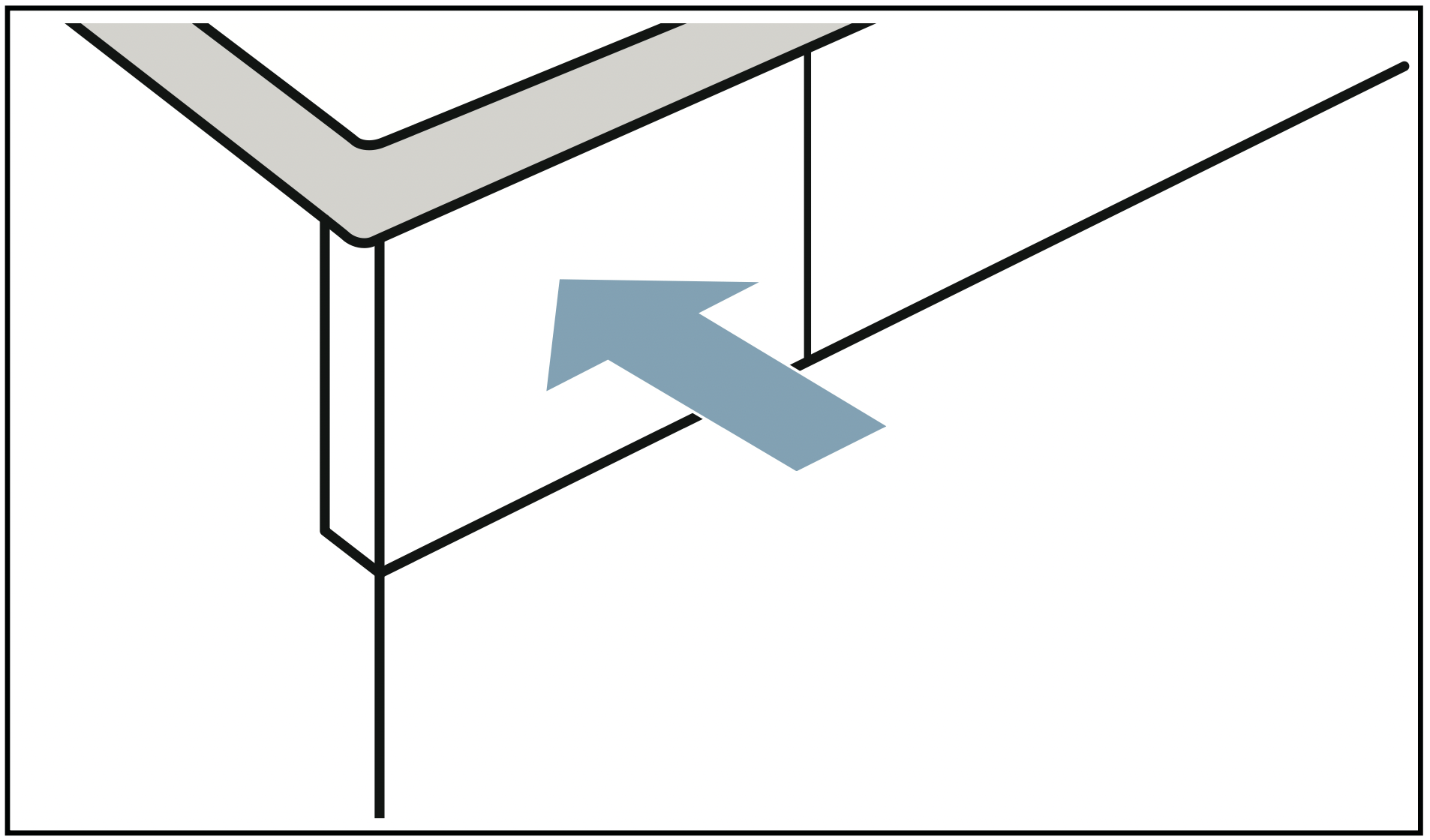
Removing the fluff
Note: During drying, fluff and hair from the laundry is trapped by the fluff filter. If the fluff filter is clogged or dirty, this reduces the flow of air, preventing the appliance from achieving optimal drying results. Dirty fluff filters increase the power consumption and increase the required drying time.
Clean the fluff filter after each drying cycle:
- Open the door and remove all fluff from it.
- Pull out the two-part fluff filter.

- Remove the fluff from the fluff filter recess. Ensure that no fluff falls into the open shaft.
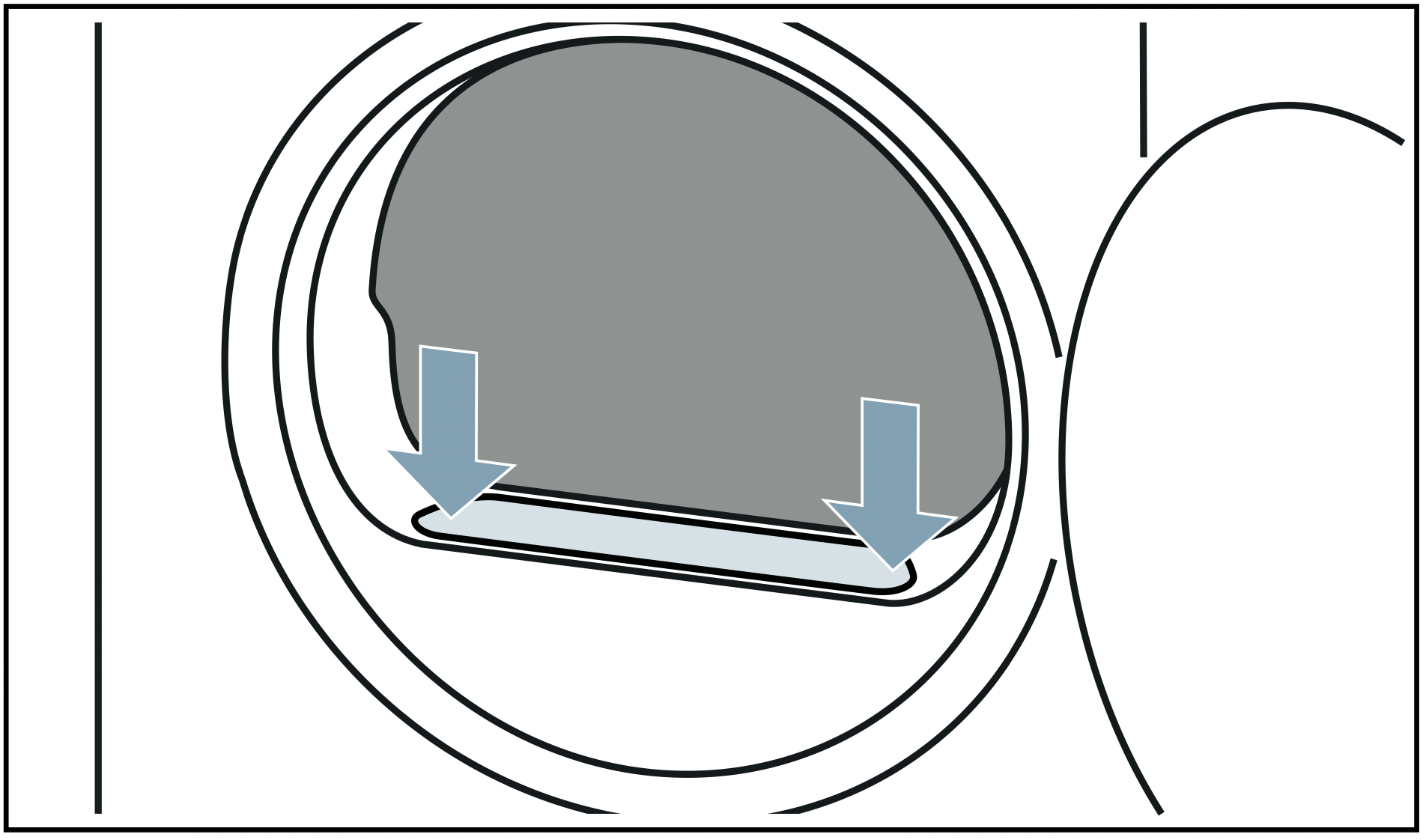
- Pull the two-part fluff filter apart.
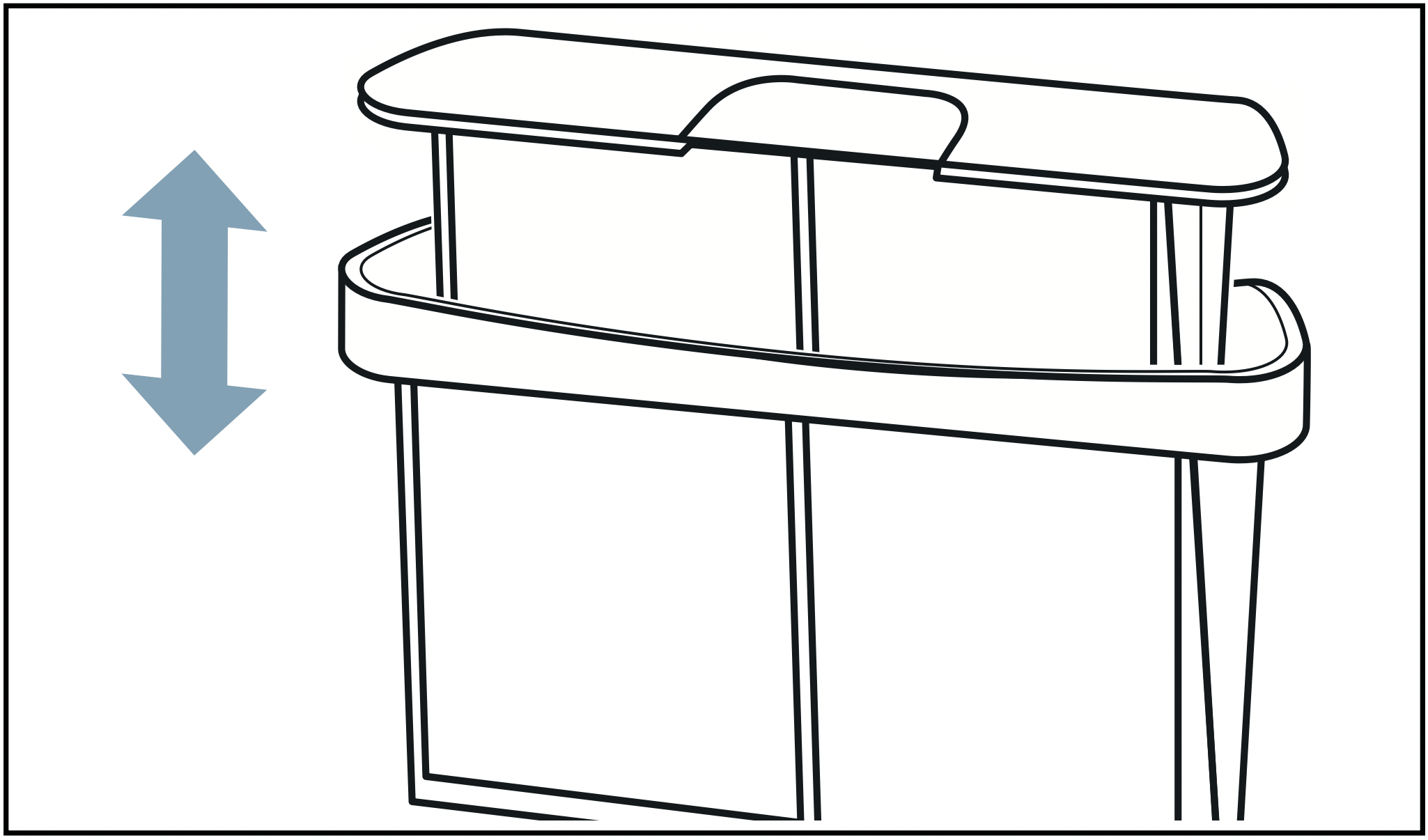
- Open the two parts of the filter.
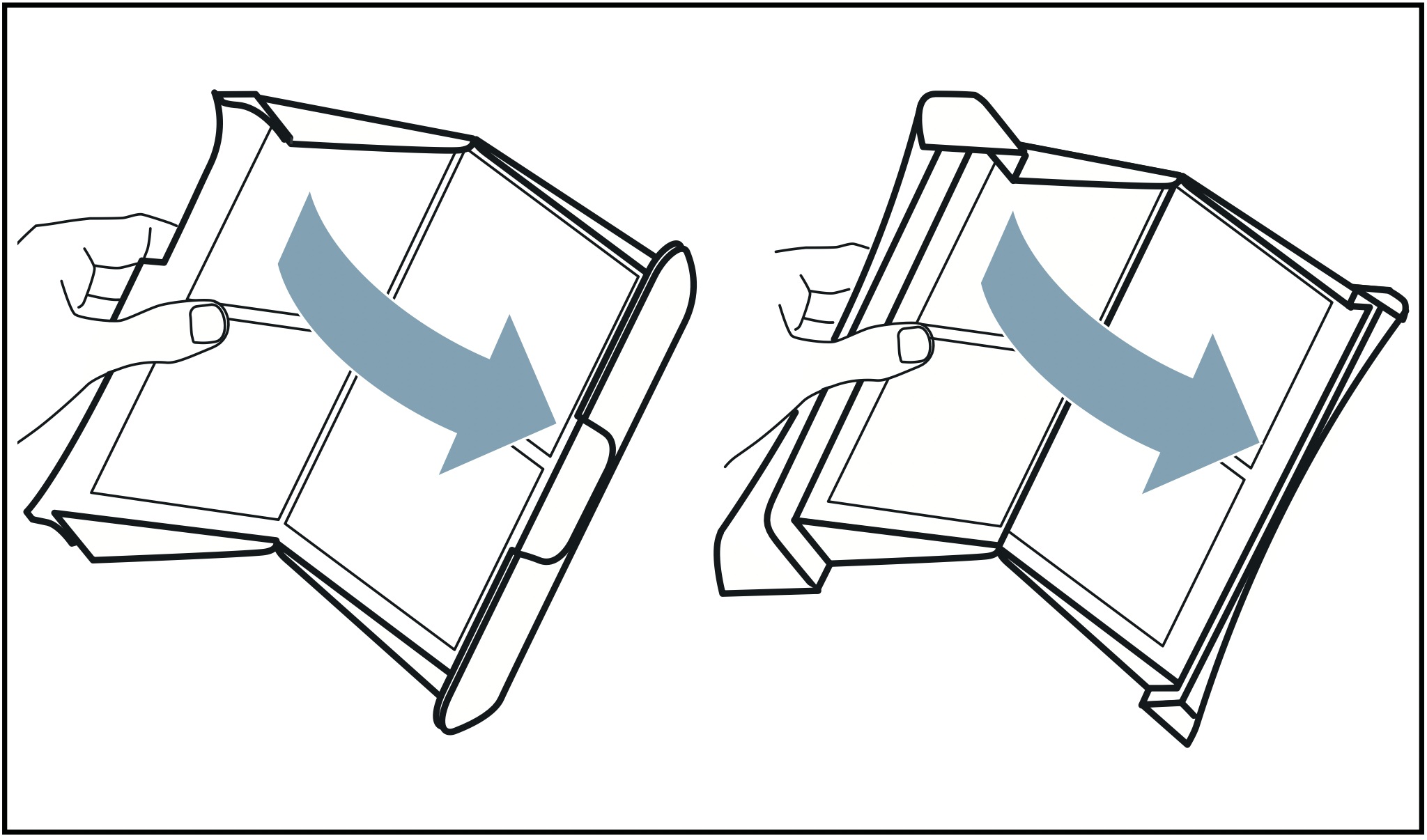
- Remove all fluff from both parts of the filter.
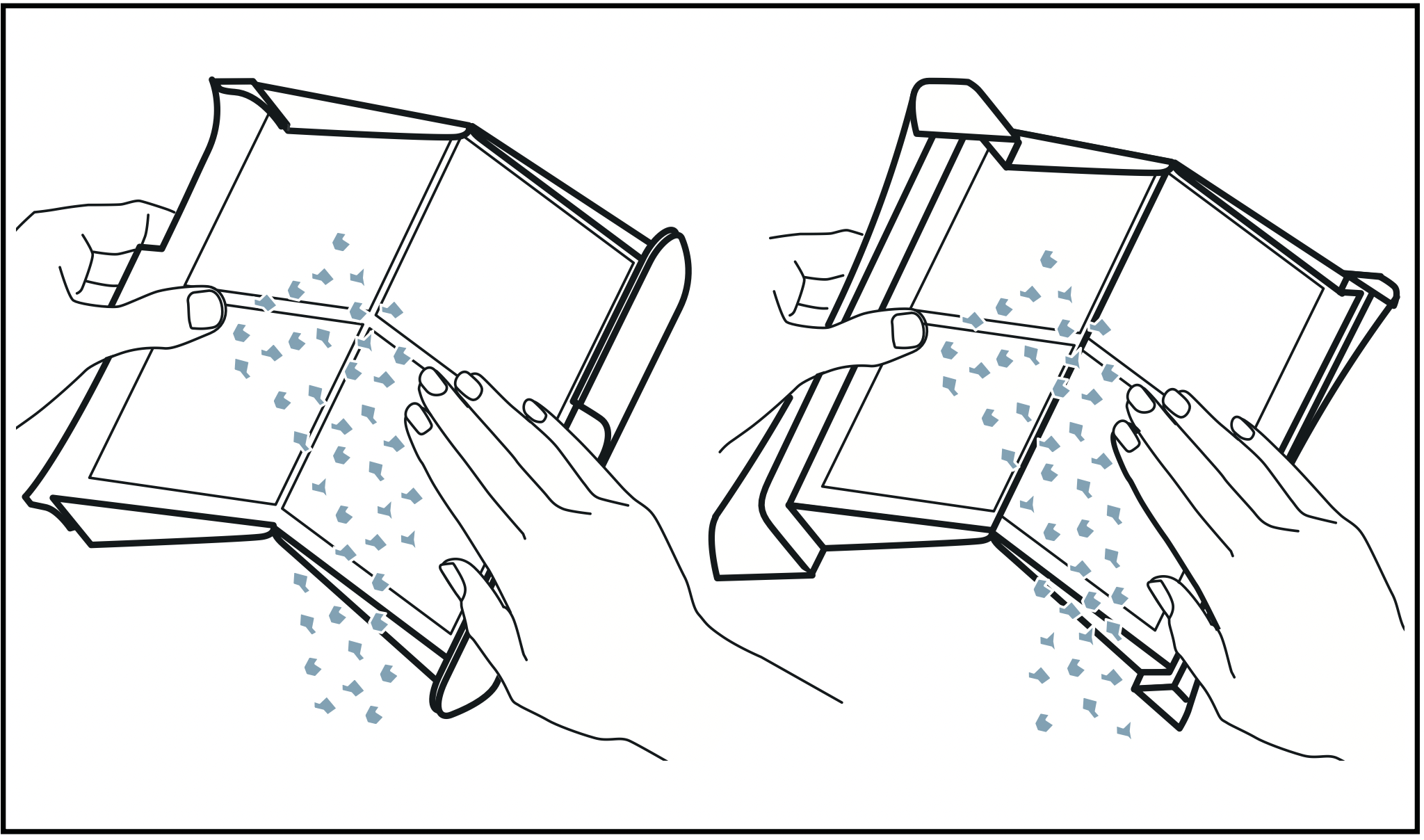
- Rinse off fluff under warm, running water.
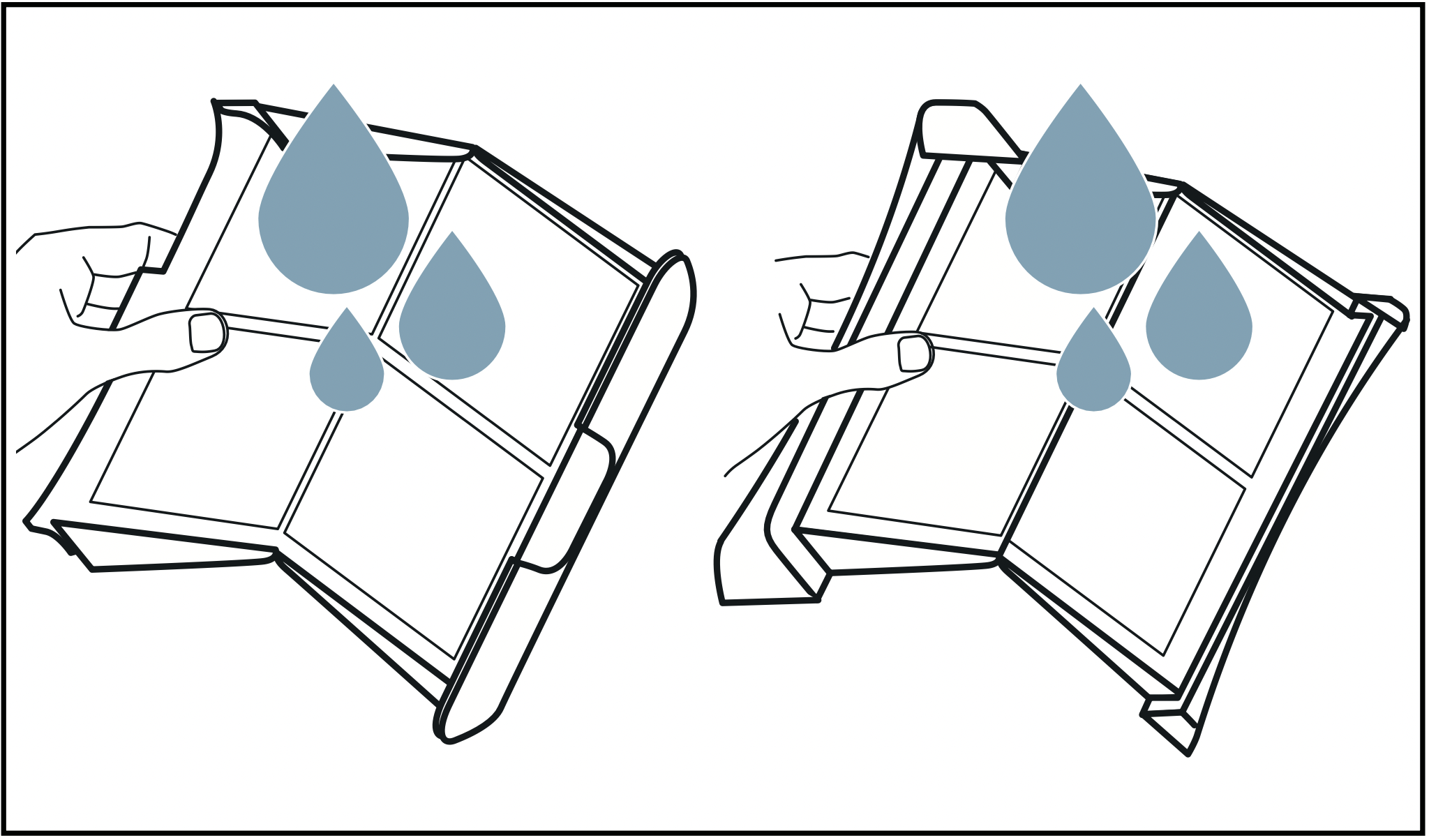
- Dry the two parts of the fluff filter, snap them shut and reinsert the filter.
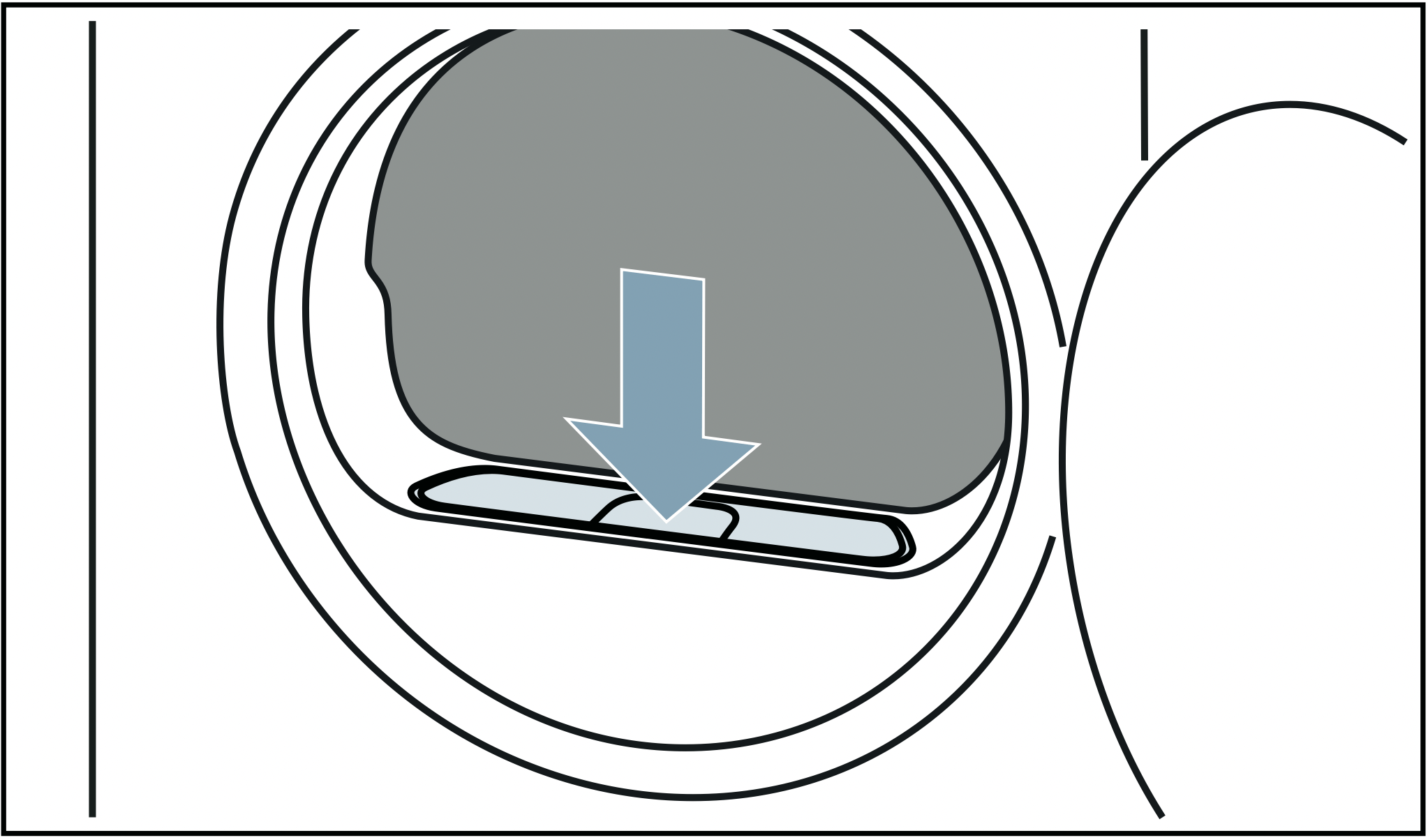
Caution! Material damage/damage to the appliance
If you operate the appliance without a fluff catcher (e.g. fluff filter, fluff depot, depending on appliance specifications), or if the fluff catcher is incomplete or defective, this may result in damage to the appliance.
Do not operate the appliance without a fluff catcher, or with a fluff catcher that is incomplete or defective.
Cleaning and maintenance
Cleaning the appliance
Warning - Risk of death!
The appliance is powered by electricity. There is a risk of electric shock if you come into contact with live components. Therefore please note:
- Switch off the appliance. Disconnect the appliance from the power supply (pull out the plug).
- Never take hold of the mains plug with wet hands.
- When removing the mains plug from the socket, always take hold of the plug itself and never the mains cable, otherwise this may damage the mains cable.
- Do not make any technical modifications to the appliance or its features.
- Repairs and any other work on the appliance must only be conducted by our customer service or by an electrician. The same applies for replacing the mains cable (when necessary).
- Spare mains cables can be ordered from our customer service.
Warning - Risk of poisoning!
Poisonous fumes may be given off by cleaning agents that contain solvents, e.g. cleaning solvent.
Do not use cleaning agents that contain solvents.
Warning - Risk of electric shock/material damage/damage to the appliance!
If moisture penetrates the appliance, this may cause it to short circuit.
Do not use a pressure washer, steam cleaner, hose or spray gun to clean your appliance.
Caution! Material damage/damage to the appliance
Cleaning agents and agents for pretreating laundry (e.g. stain removers, prewash sprays, etc.) may cause damage if they come into contact with the surfaces of the appliance. Therefore please note:
- Do not allow these agents to come into contact with the surfaces of the appliance.
- Clean the appliance with nothing but water and a soft, damp cloth.
- Remove any detergent, spray or other residues immediately.
Cleaning the moisture sensor
Note: The moisture sensor measures the amount of moisture in the laundry. After long periods of usage, the moisture sensor may become covered by a fine layer of limescale or detergent and care product residue. These deposits must be removed regularly, otherwise the drying results may not be optimal.
- Open the door.
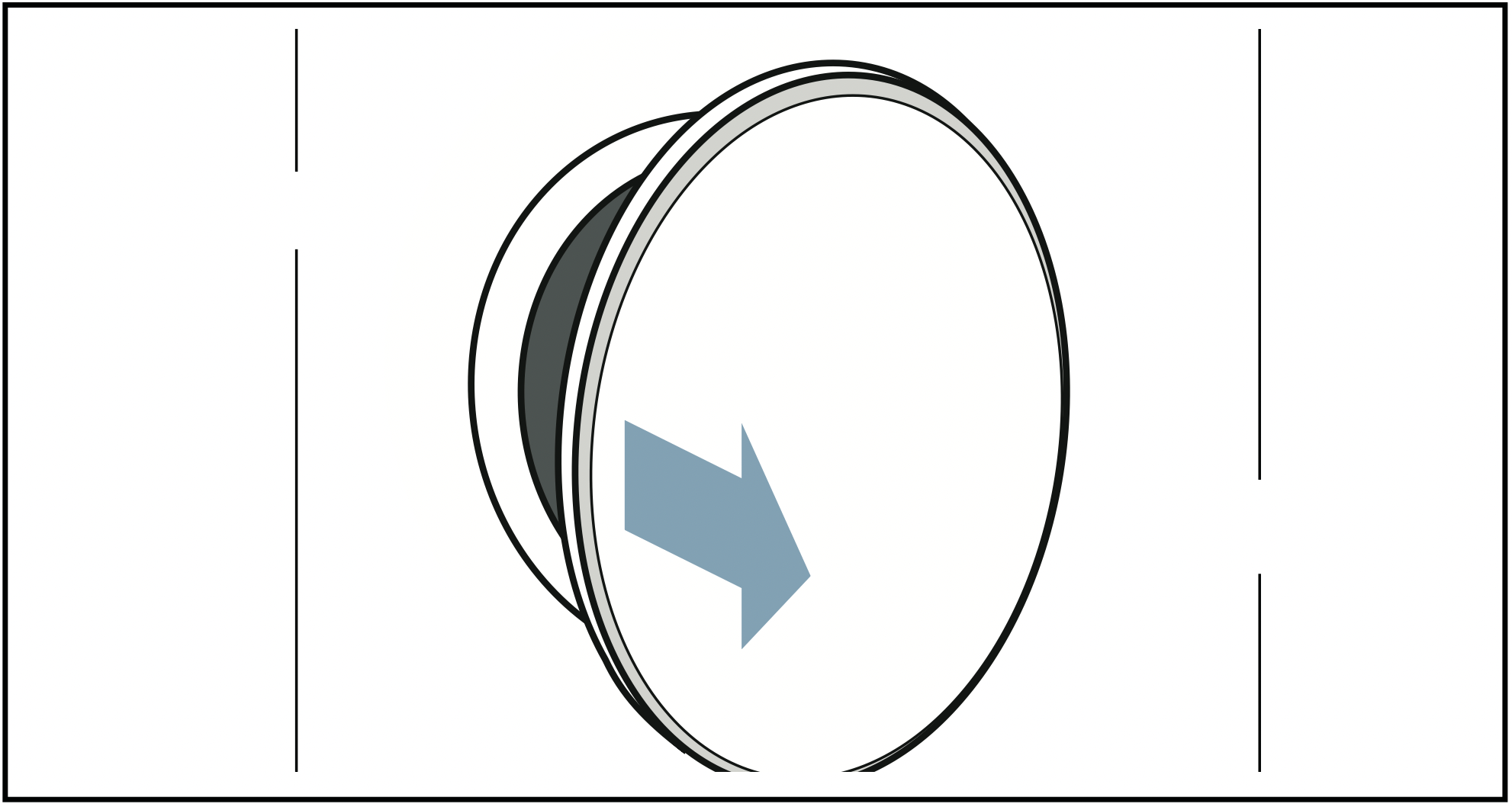
- Clean the moisture sensor with a rough sponge.
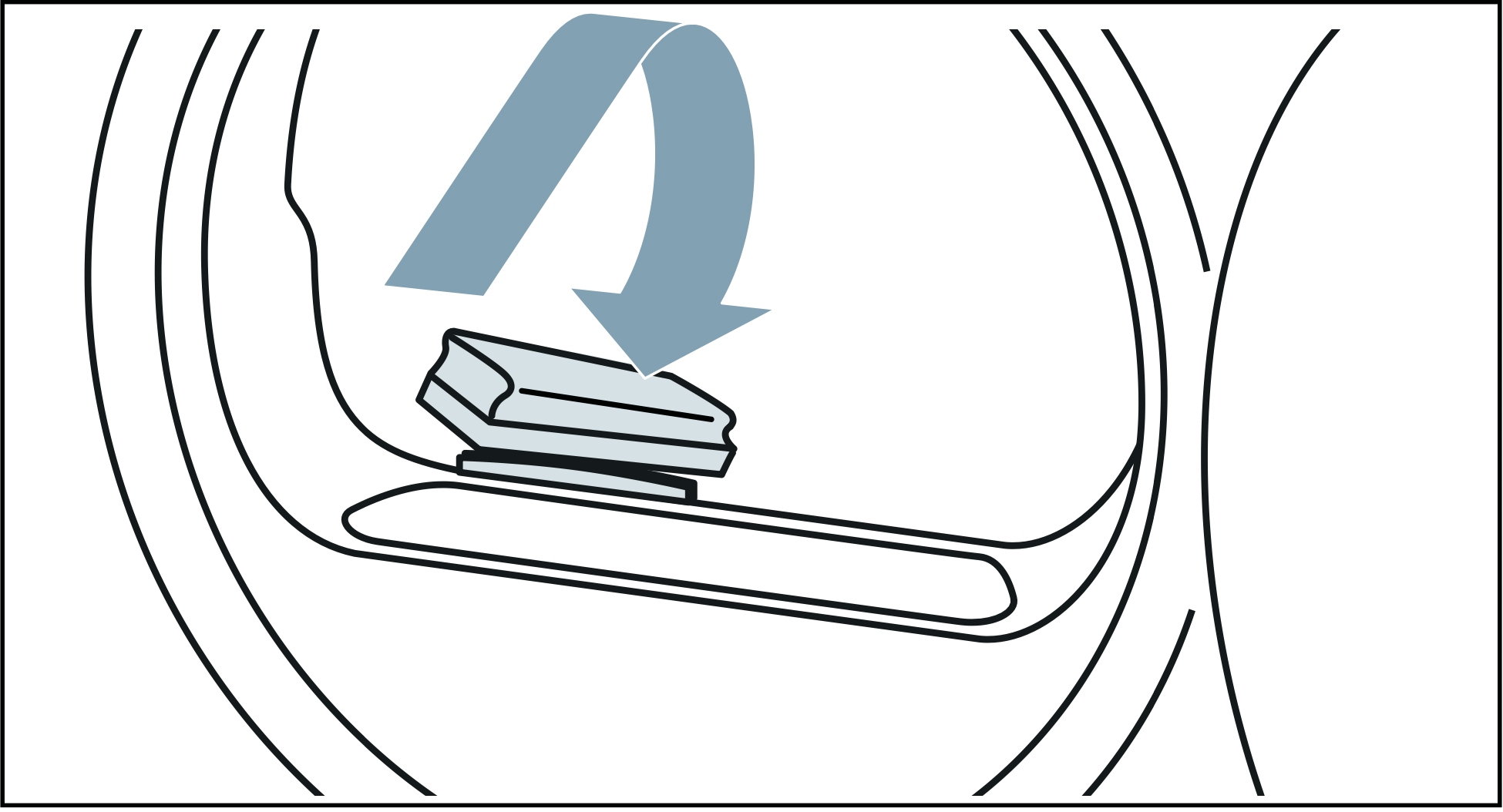
Caution! Risk of damaging the moisture sensor.
The moisture sensor is made from stainless steel. Do not clean the sensor with abrasive cleaning products or wire wool.
Cleaning the base unit
Fluff and hair from the laundry collect in the base unit during drying. Clean the appliance's base unit if the following message appears in the display: 
You can also clean the appliance's base unit even if this message does not appear in the display, e.g. if there is visible soiling.
Warning - Risk of injury!
You could cut your hands on the sharp fins on the heat exchanger.
Do not touch the fins on the heat exchanger with your hands.
Note: Allow the appliance to cool down for approximately 30 minutes after use before commencing cleaning.
Clean the base unit as follows:
- Clean the fluff filter.
- Open the maintenance flap by the handle.
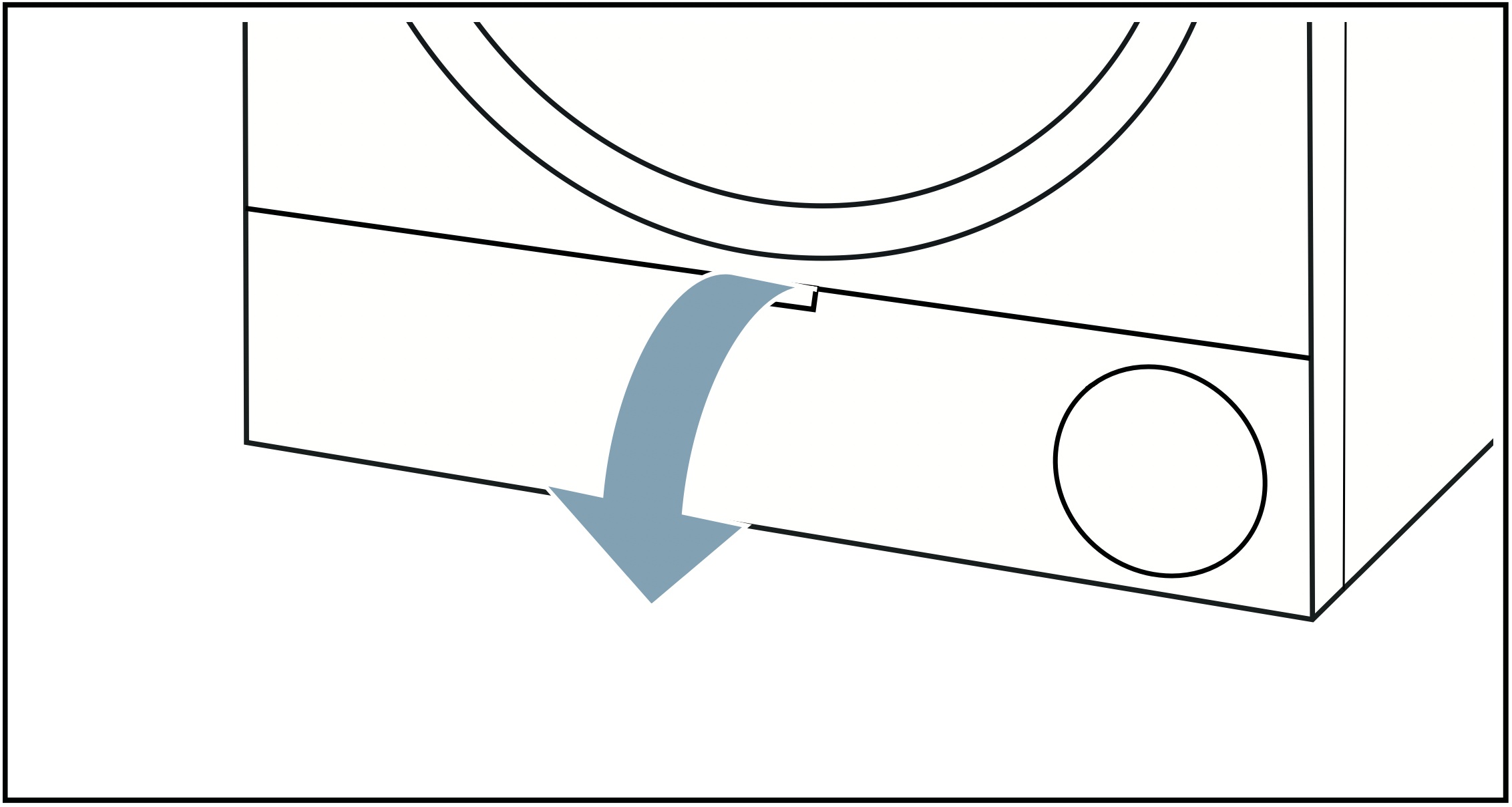
- Unlock the levers on the heat exchanger cover.

- Pull the heat exchanger cover out by its grip.
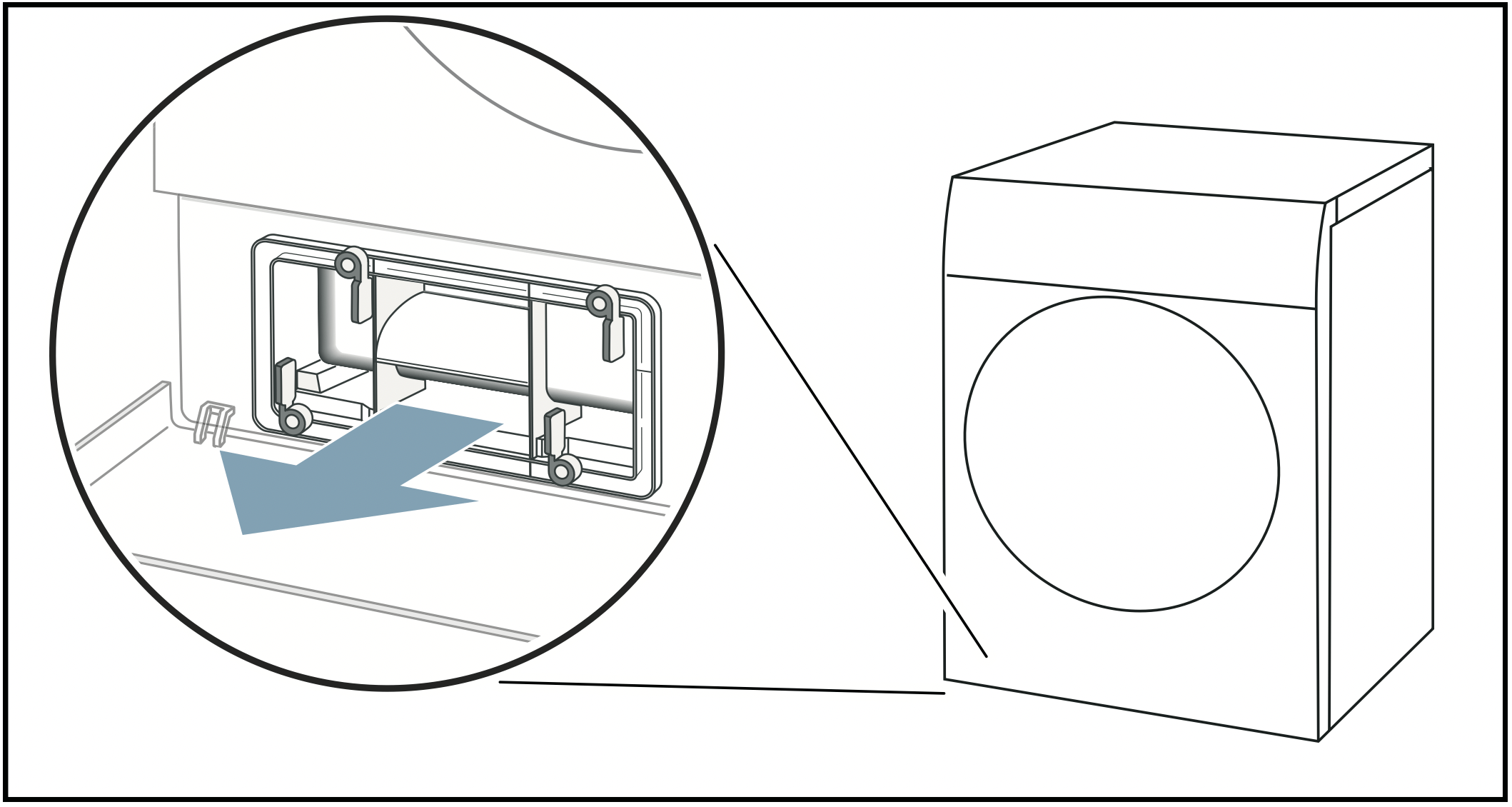
- Carefully remove the filter mat from the heat exchanger cover.

Note: Take care not to damage the filter mat when doing this. - Use a soft brush to clean the heat exchanger cover.
Note: Make sure that no dirt or debris is left on the seal. - Rinse the filter mat under running water and squeeze out the water with your hand.
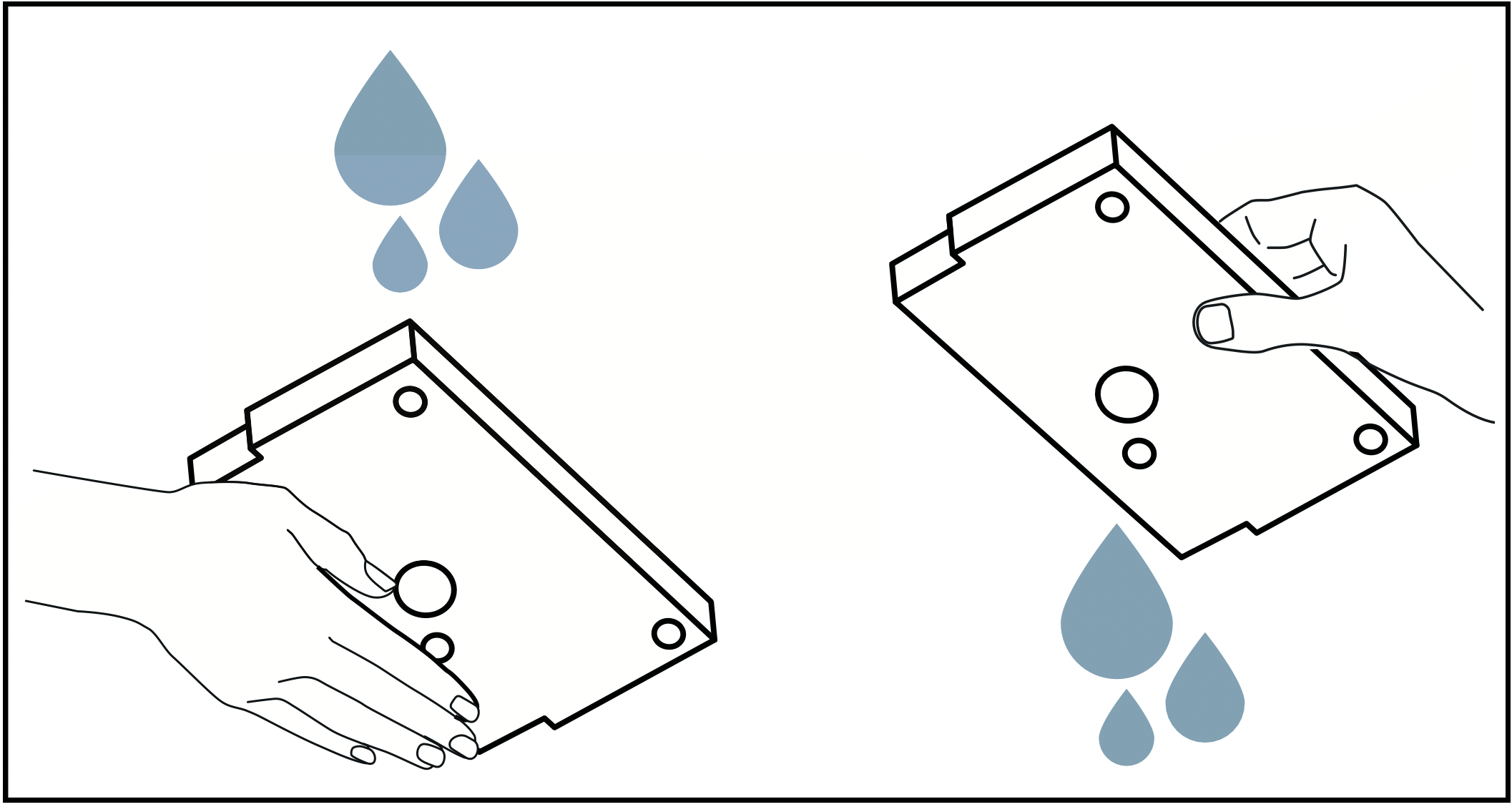
Notes:
If there are heavy deposits, you can clean the filter mat carefully with a vacuum cleaner.
Only clean with clear water; do not use cleaning products. - Position the filter mat fully on the retainers in the heat exchanger cover.
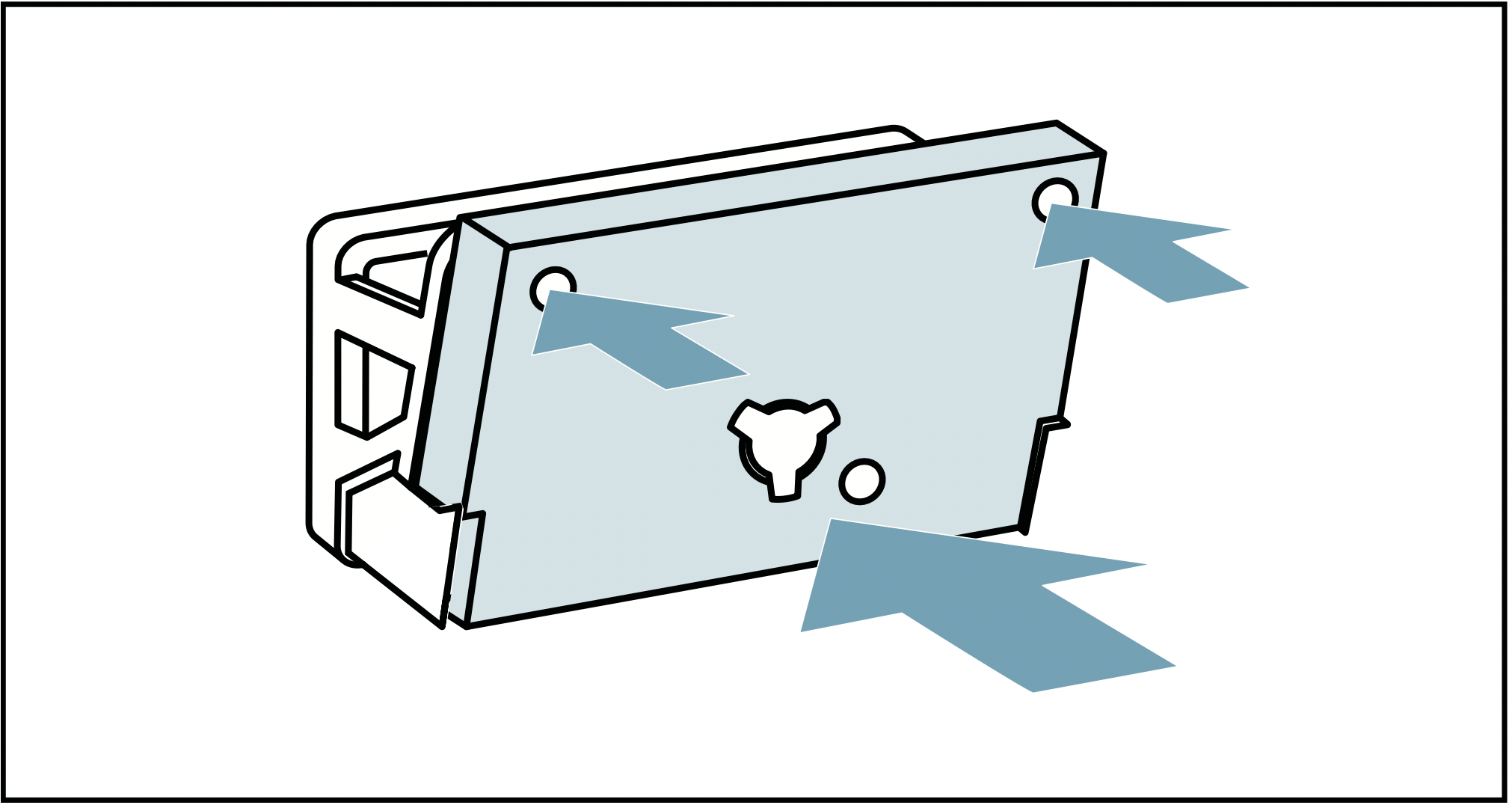
Notes:
Ensure that the filter mat is clean and dry, and positioned on the retainers as shown.
The filter mat must not be put back if misshapen, damaged or reversed.
You can order a new filter mat from our after-sale services using the spare part number: 12022801. Contact information for all countries can be found in the enclosed aftersales service directory. - If there is visible soiling, carry out the following steps (optional):
Lift the middle tab on the insert slightly.
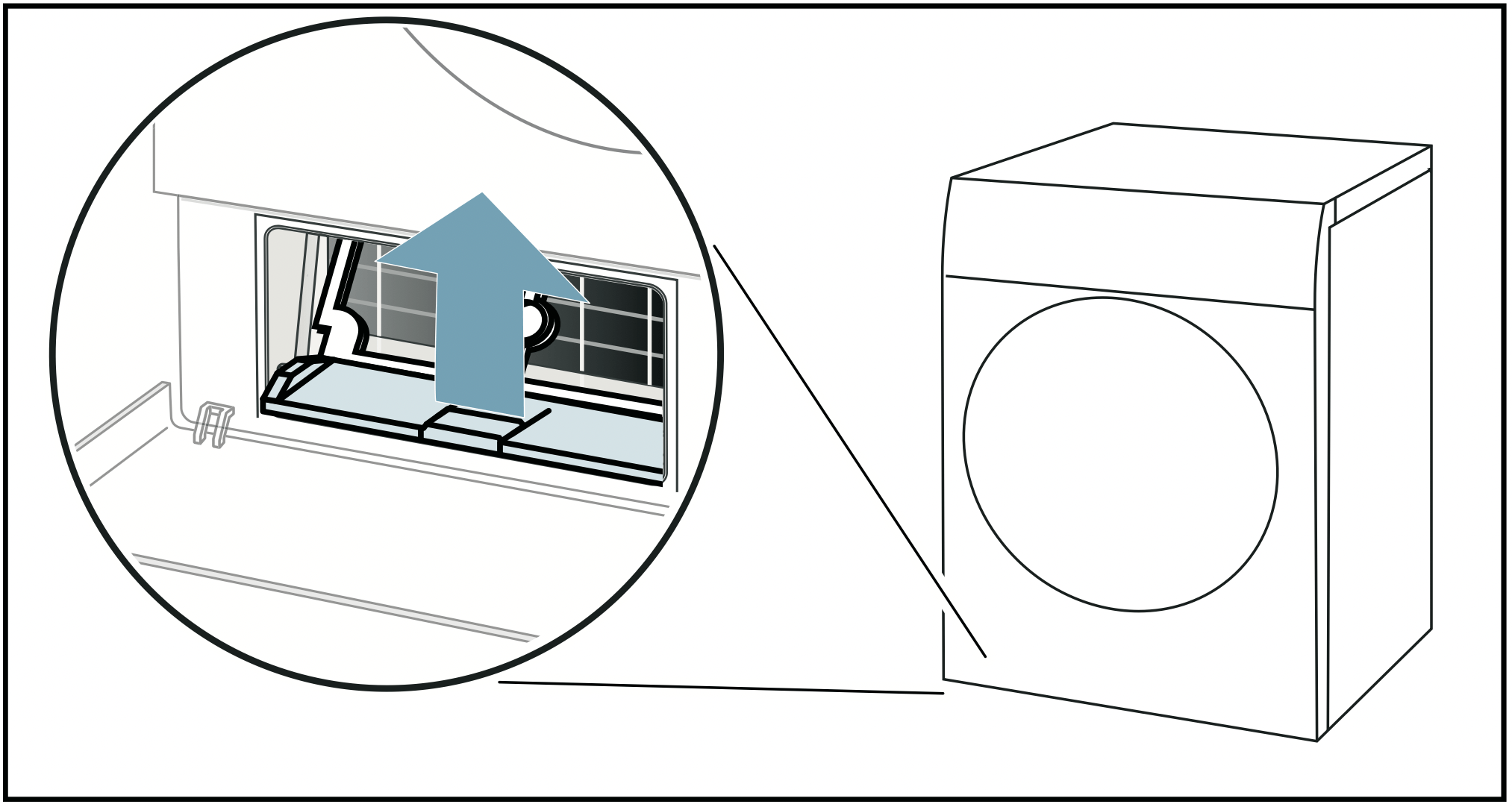
Pull the insert out horizontally.
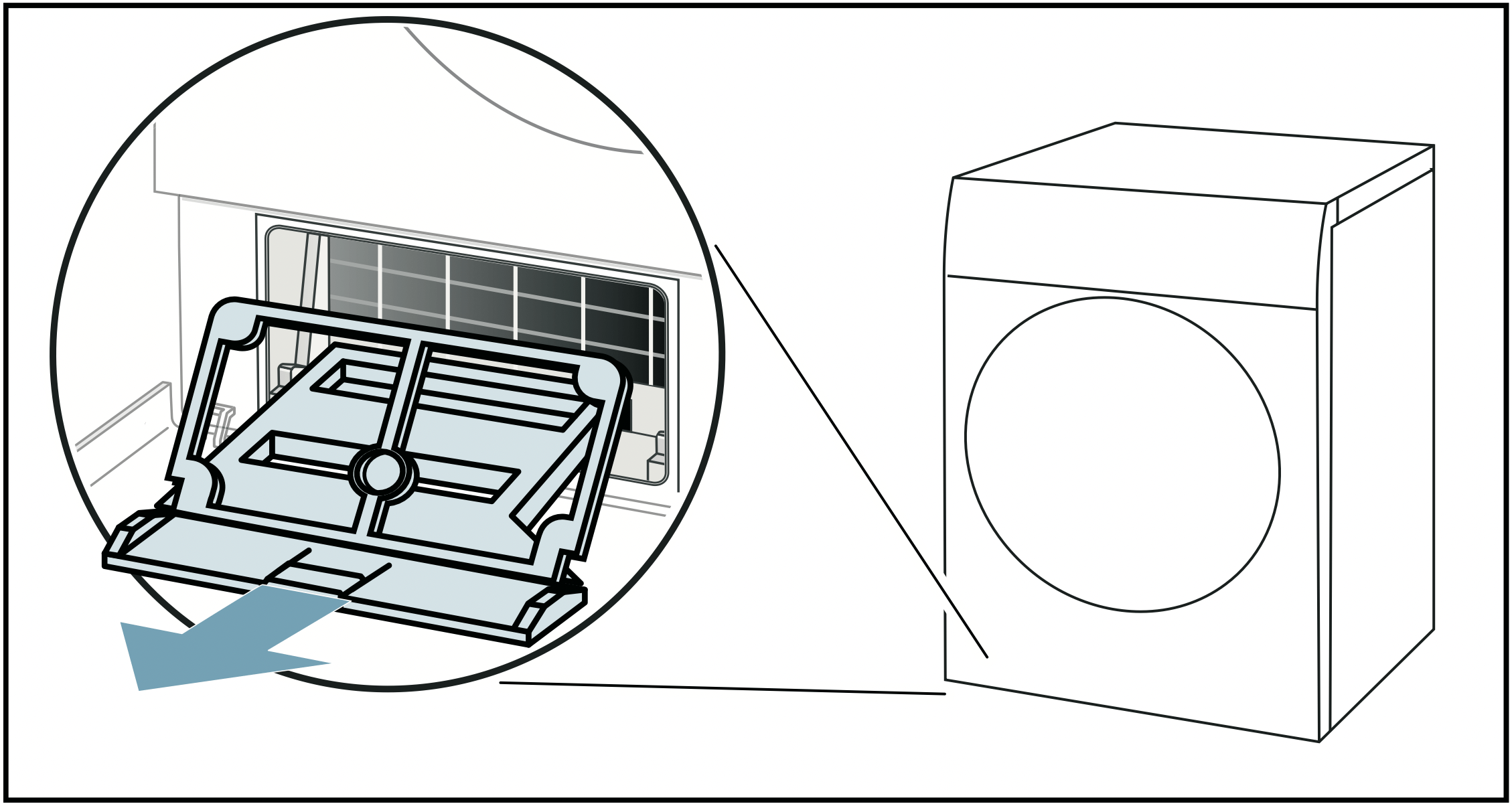
Rinse the insert under running water and dry it off.
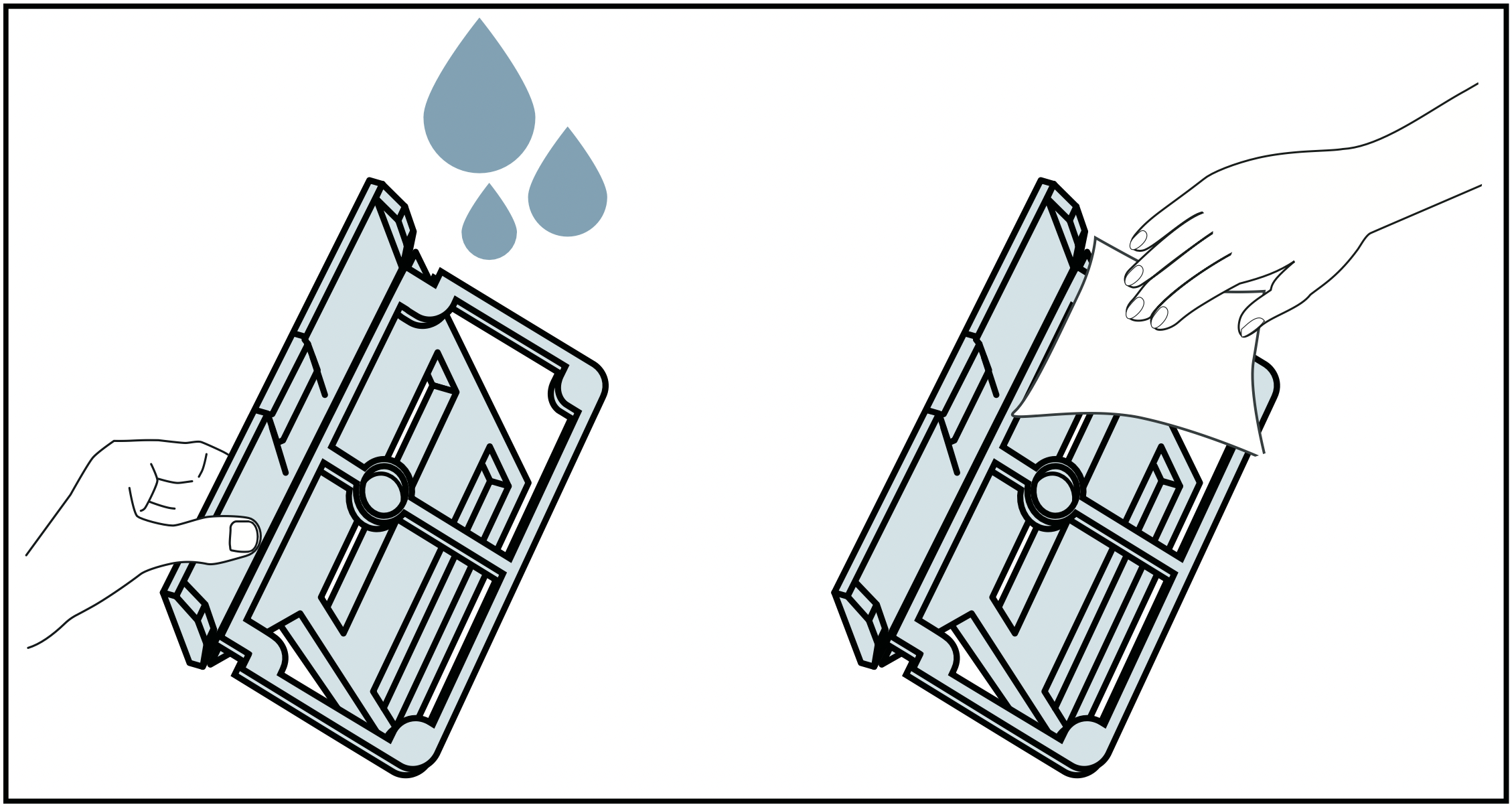
Clean the opening in the appliance with a soft, damp cloth.
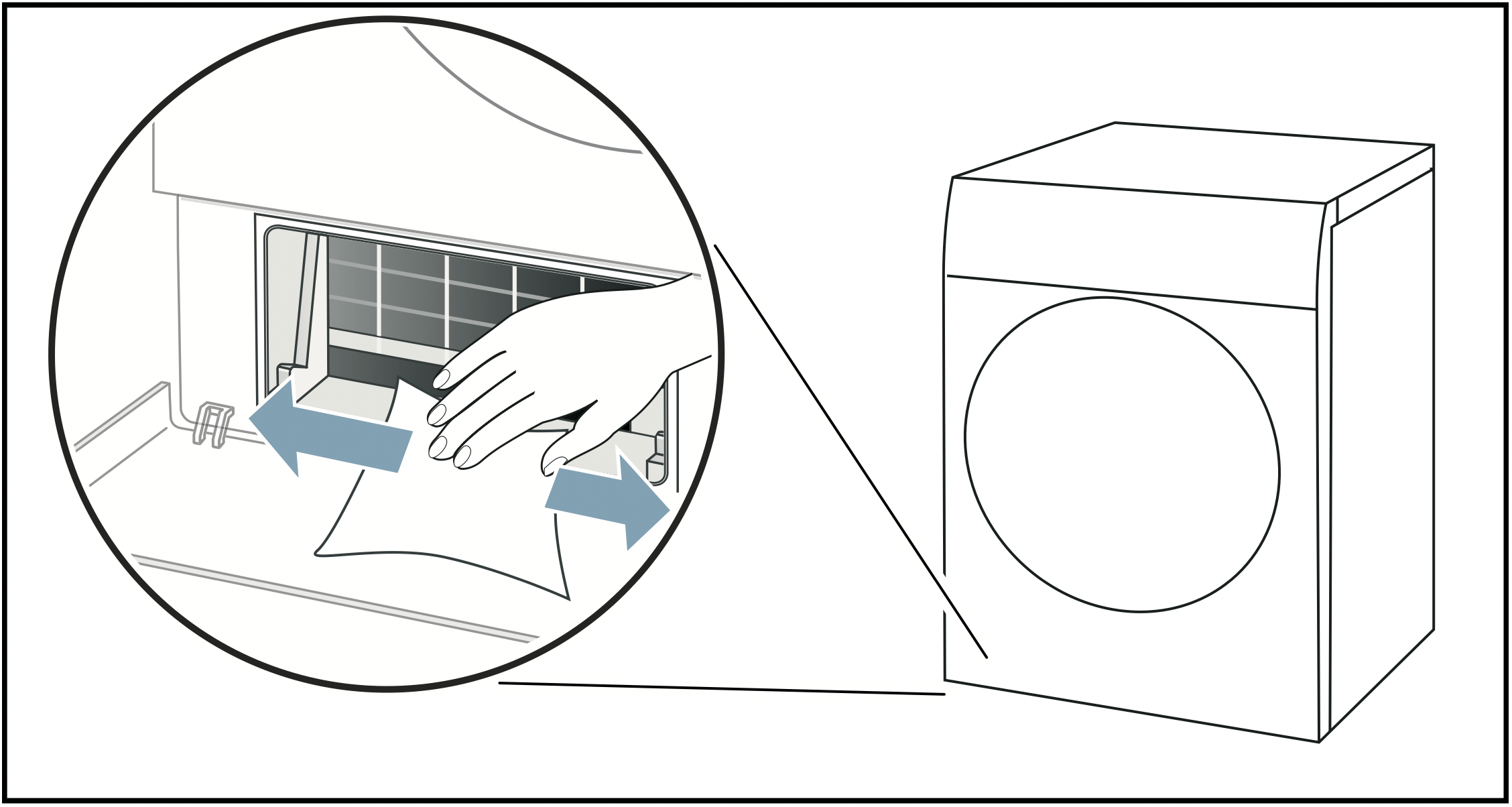
Note: Take care not to damage the heat exchanger, as it is exposed.
Carefully clean the fins on the heat exchanger with a vacuum cleaner and brush attachment.
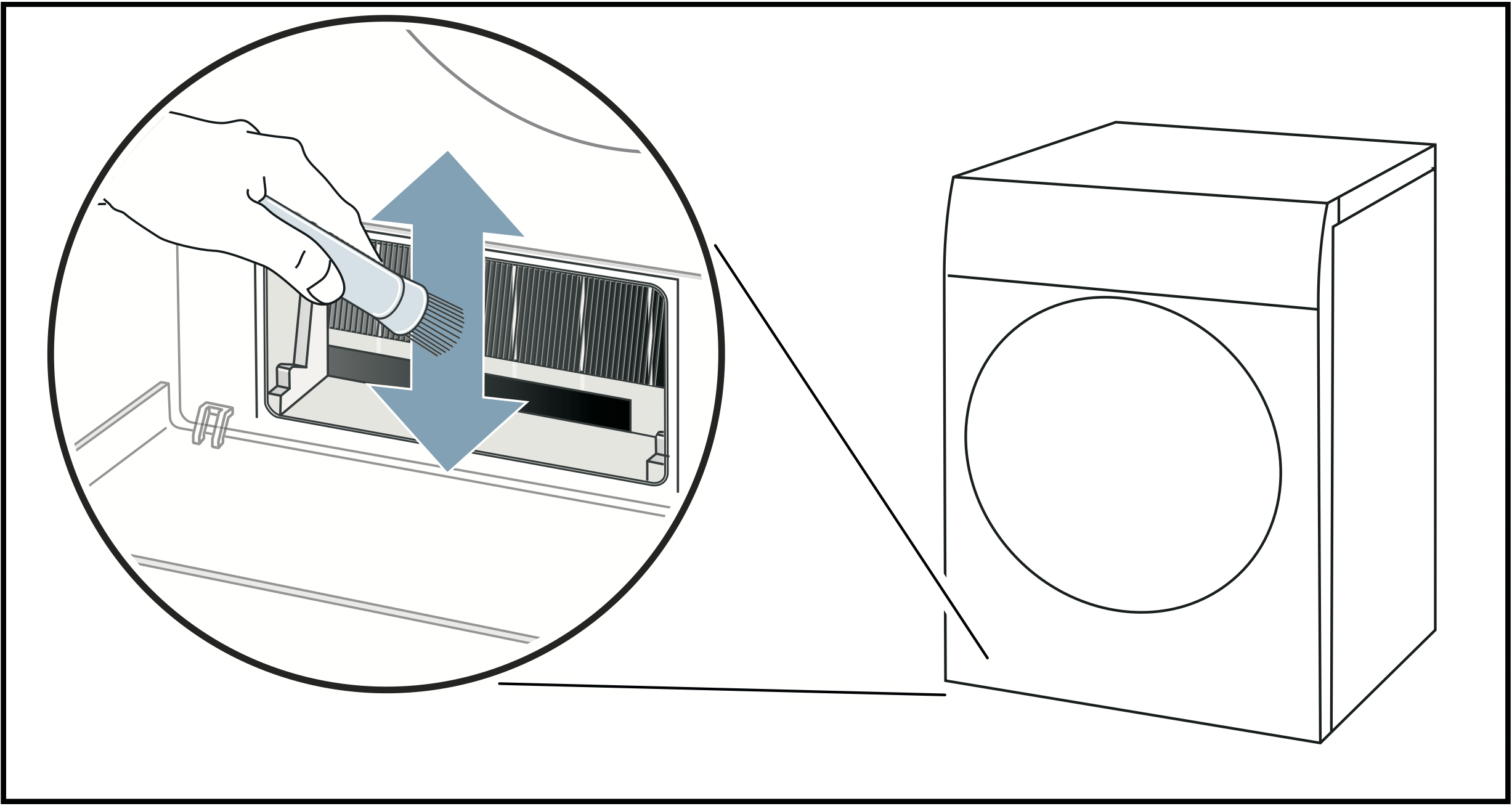
Note: Always clean the fins on the heat exchanger from top to bottom, taking care not to bend or damage them.
Push the insert in horizontally until you hear the tab click into place.

- Slide the heat exchanger cover in by its grip.
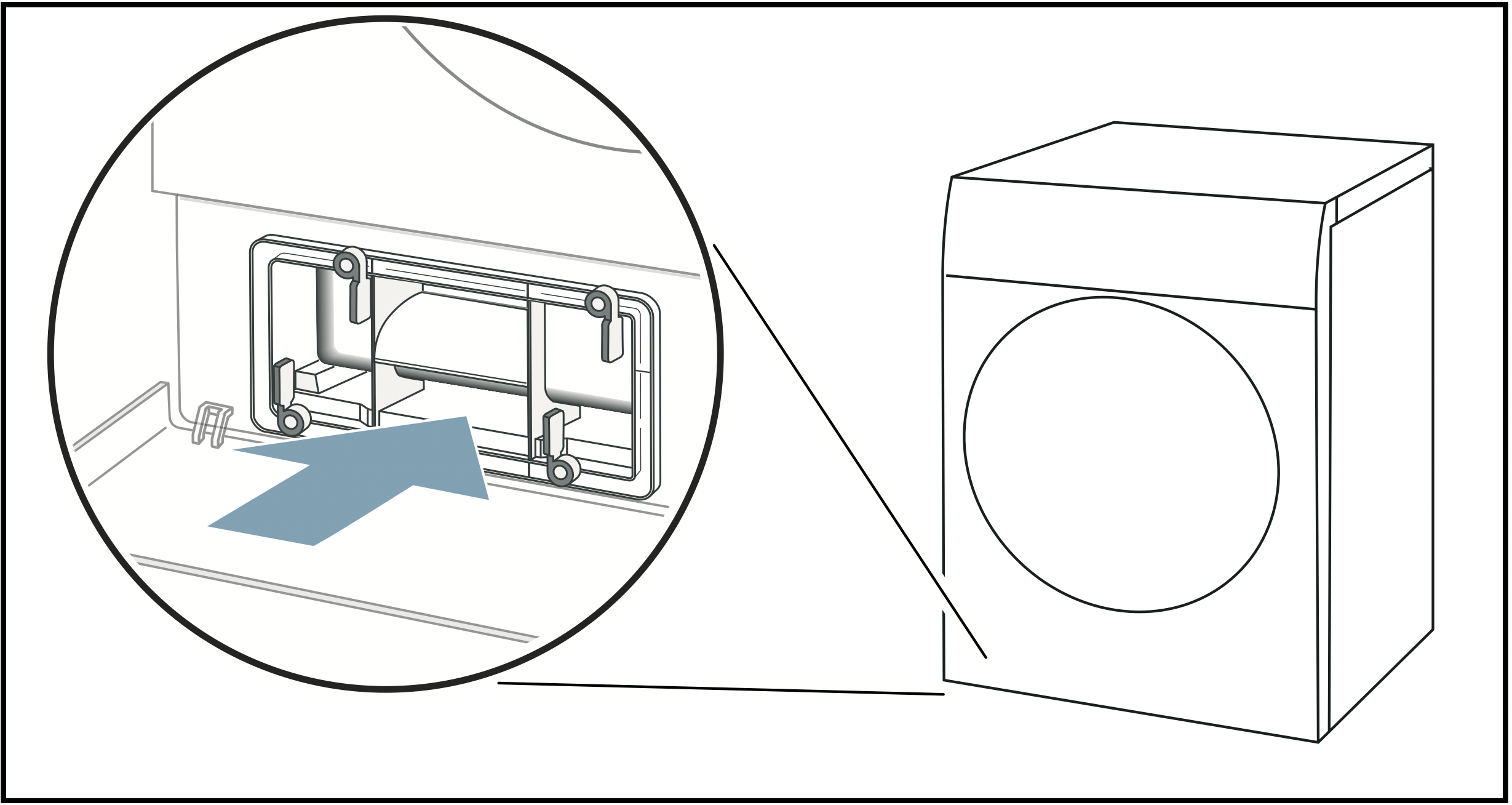
Note: You can only slide the heat exchanger cover in if the insert is in the appliance. - Lock the levers on the heat exchanger cover.
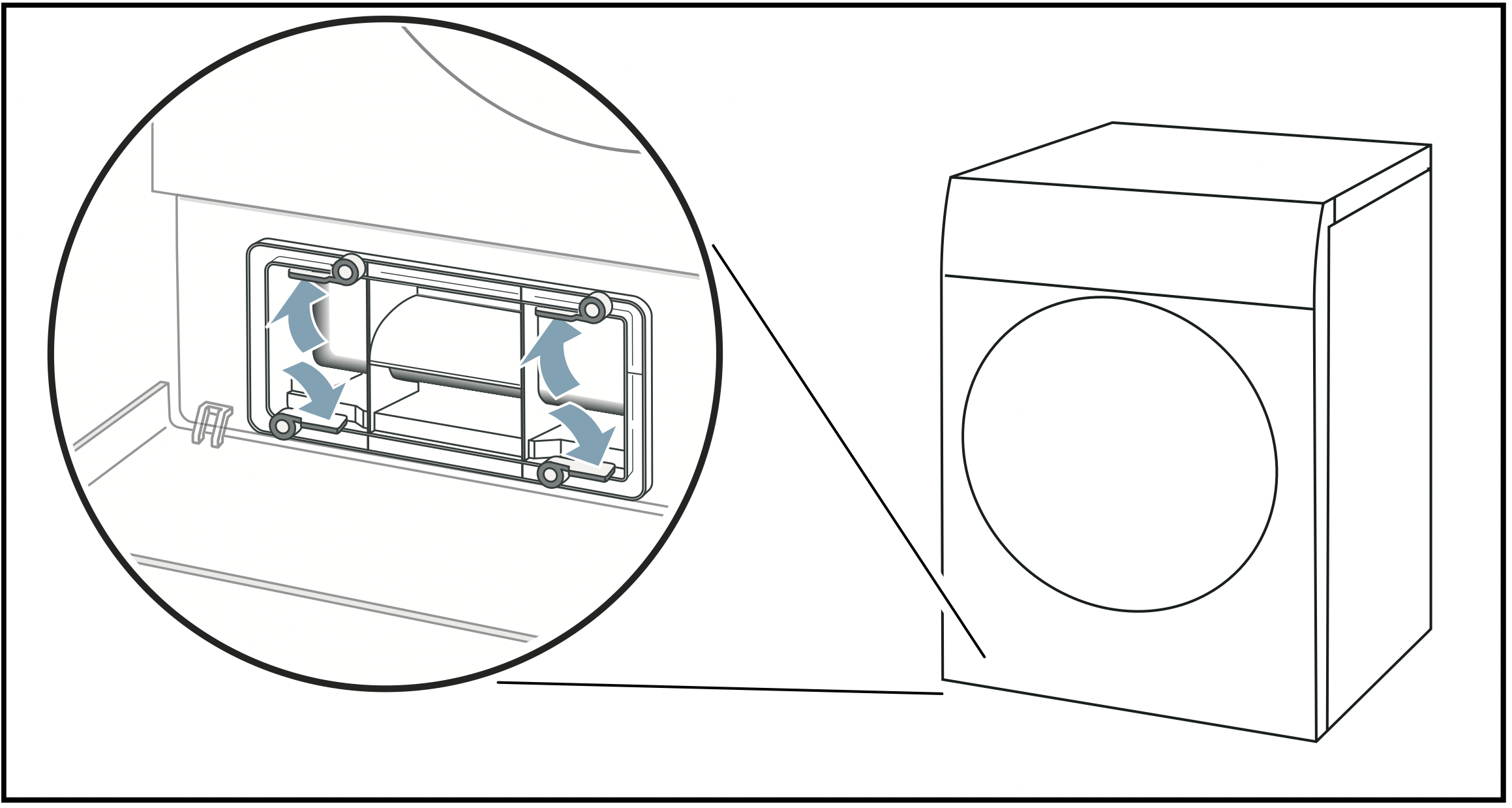
- Close the maintenance flap.
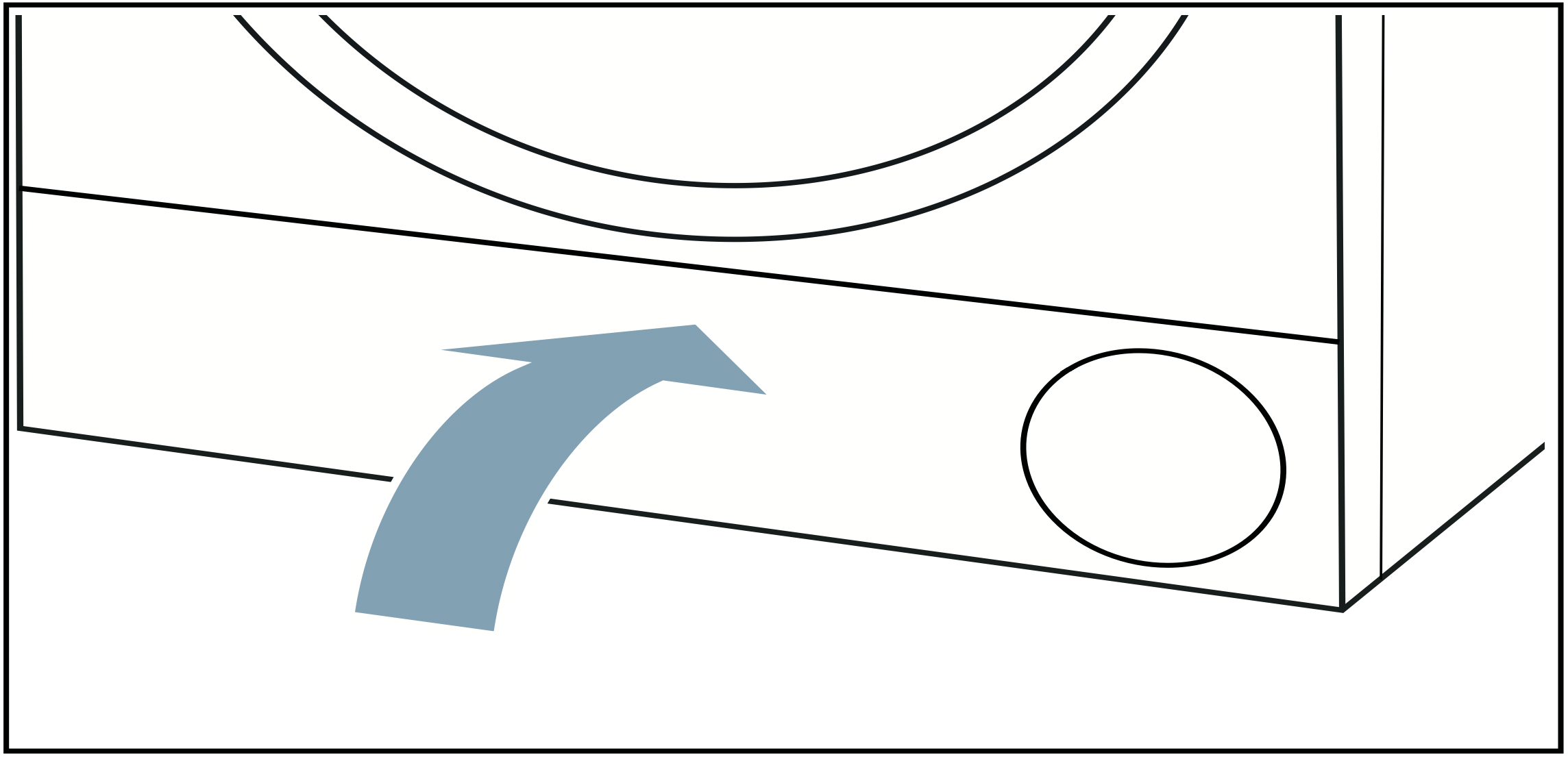
You have now finished cleaning the appliance's base unit.
Help with the appliance
|
Faults |
Cause/Remedy |
|---|---|
|
Appliance does not start |
|
|
Creasing. |
|
|
Water is leaking out. |
|
|
The appliance is paused but the drum is turning. |
|
|
The programme does not start |
Make sure that:
Note: If the programme has been delayed by setting Finished in |
|
Programme duration displayed changes as drying progresses. |
|
|
Laundry is not dried properly or is still too damp. |
Note: See also the laundry tips.~ Page 26 |
|
Humidity in the room is increasing. |
|
|
Unusual noises when drying. |
|
|
The appliance feels cold despite drying. |
|
|
Drying programme is stopped. |
|
|
Drying is taking too long. |
|
Note: If you cannot rectify the fault yourself by turning the appliance off and then on again, please contact our after-sales service.Page 49
 3 sec. (child lock 3 sec.) has been deactivated
3 sec. (child lock 3 sec.) has been deactivated , the programme starts at a later point.
, the programme starts at a later point.